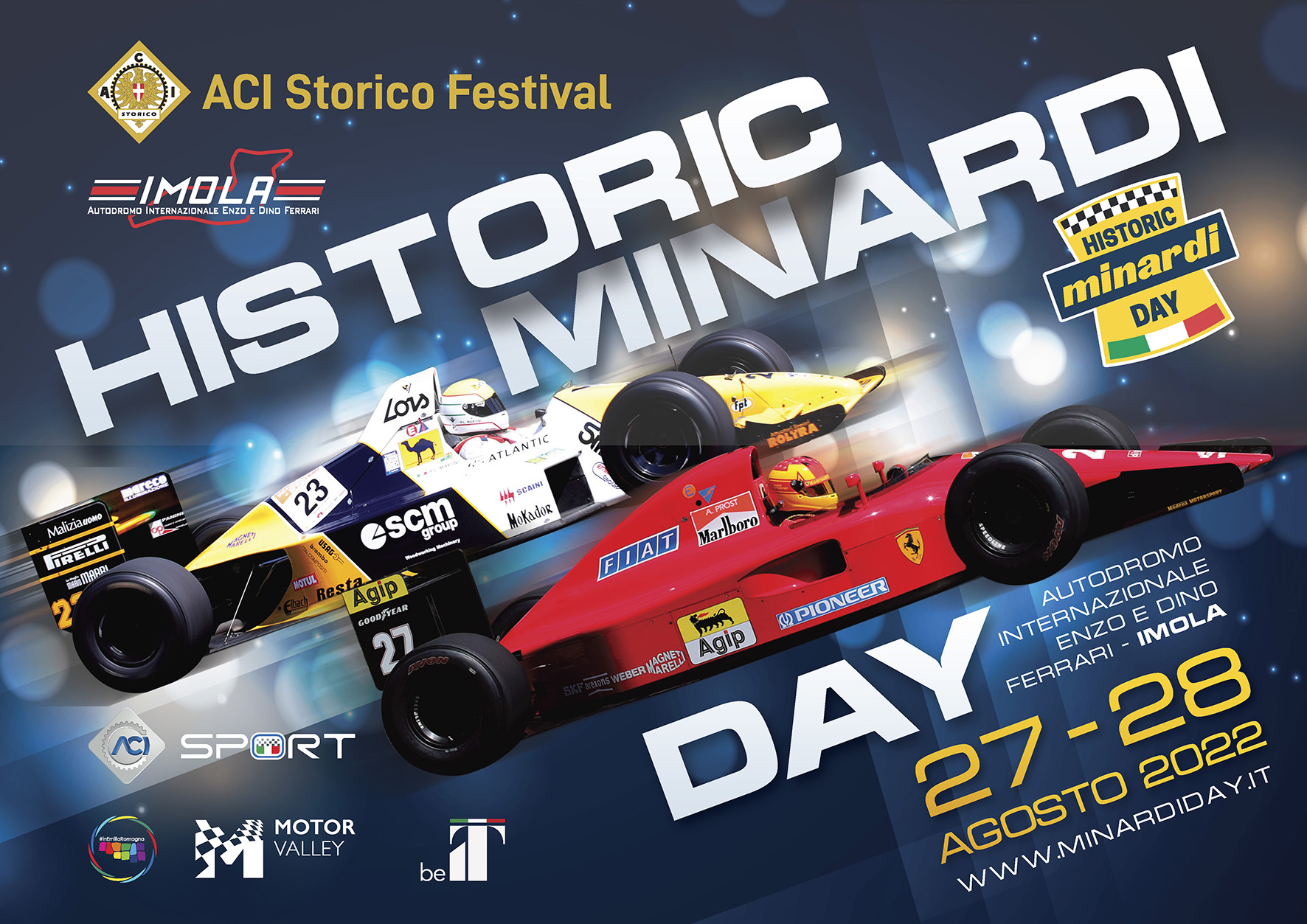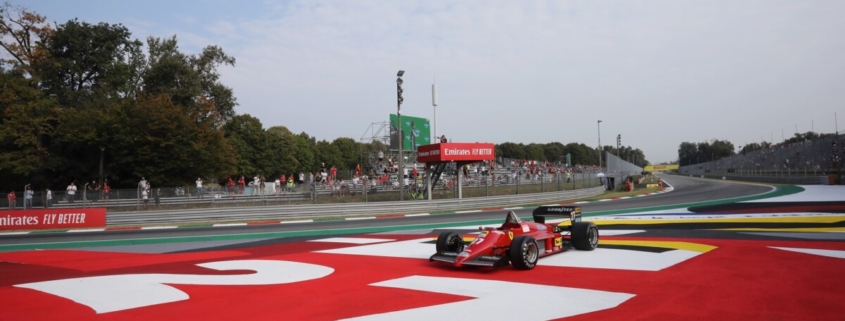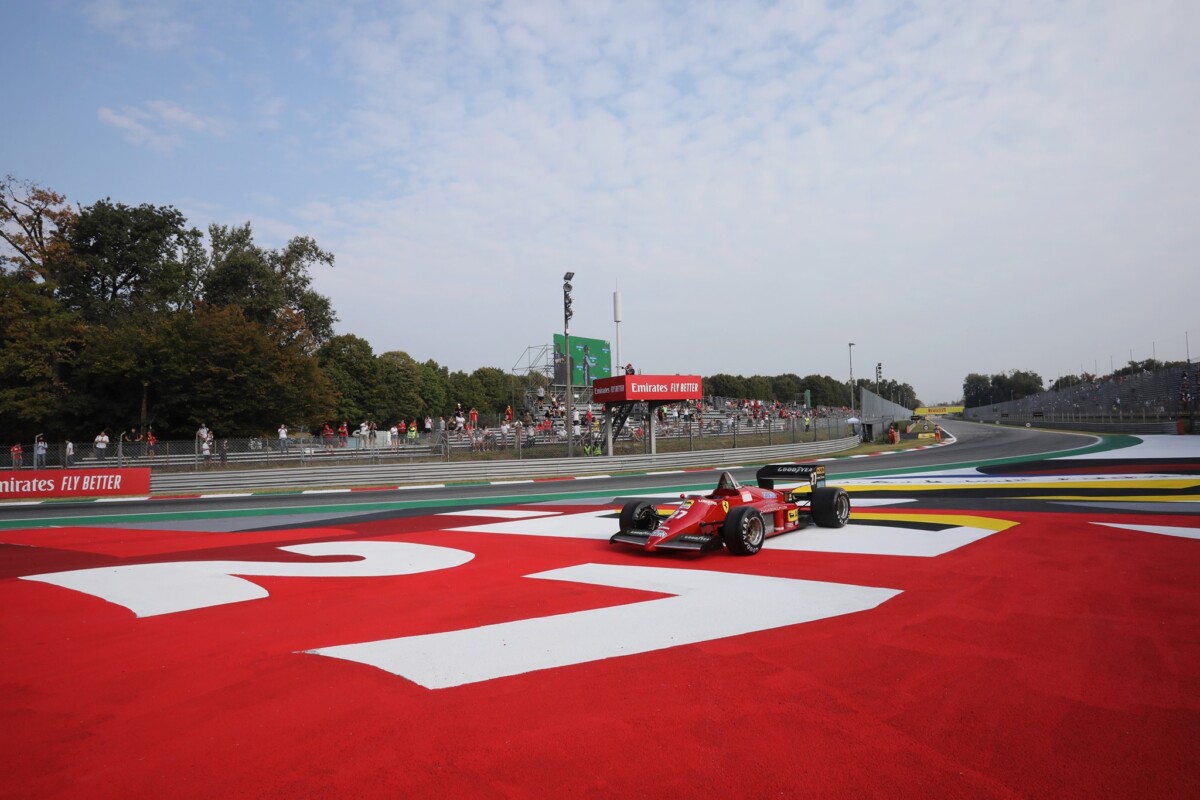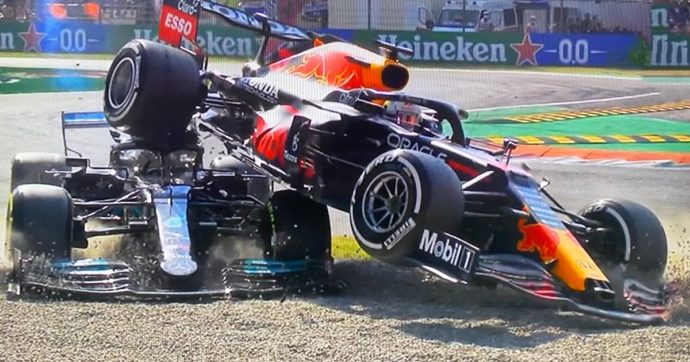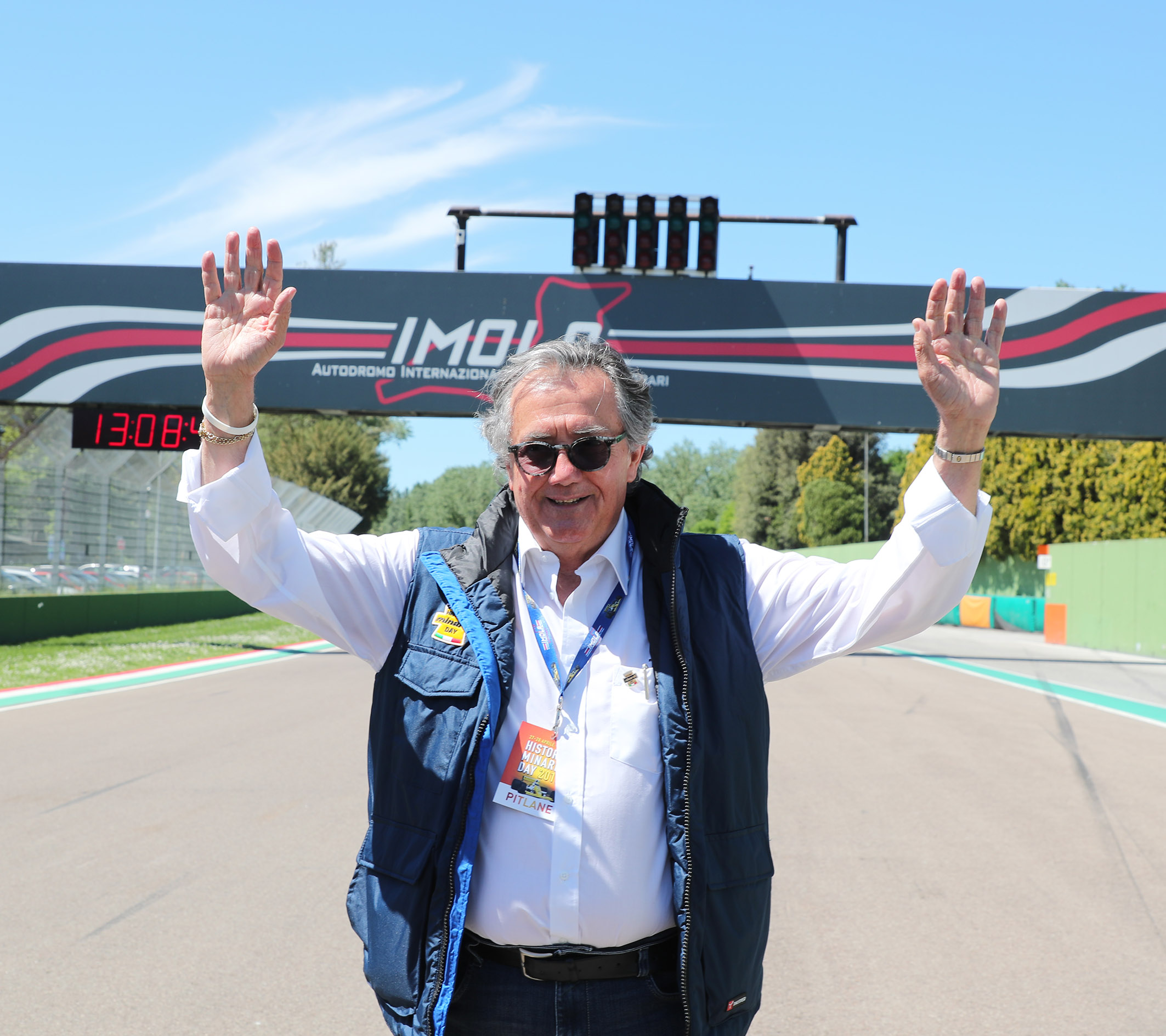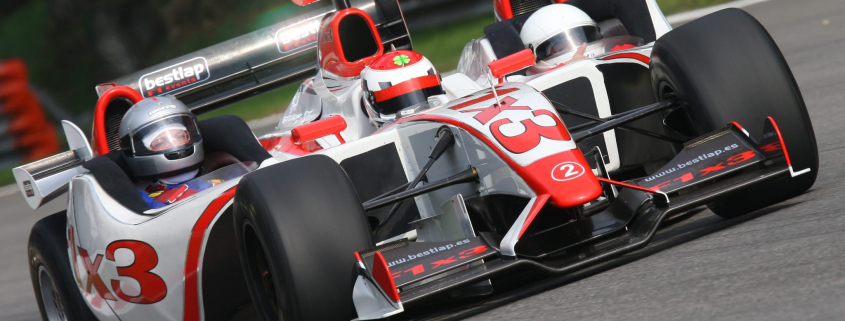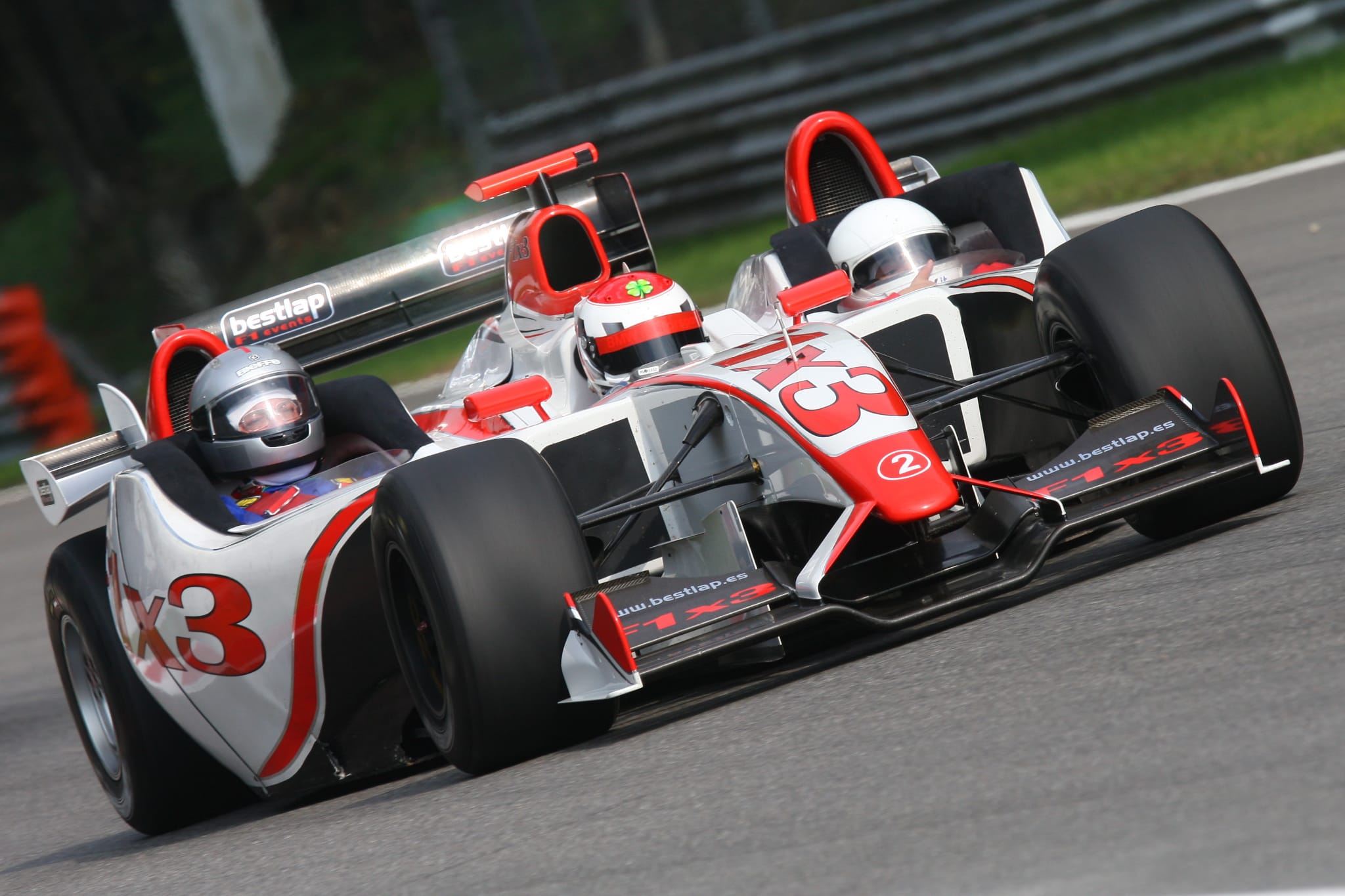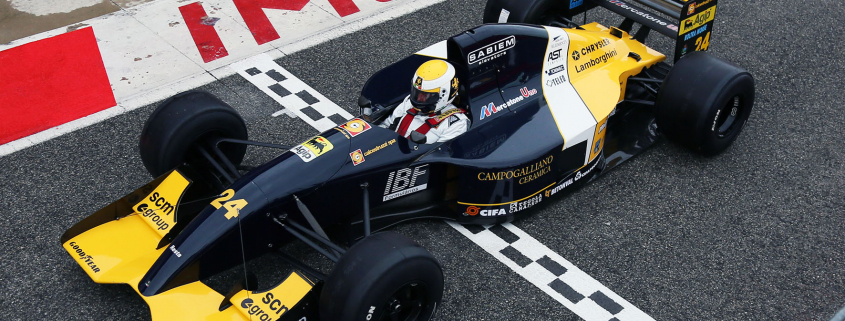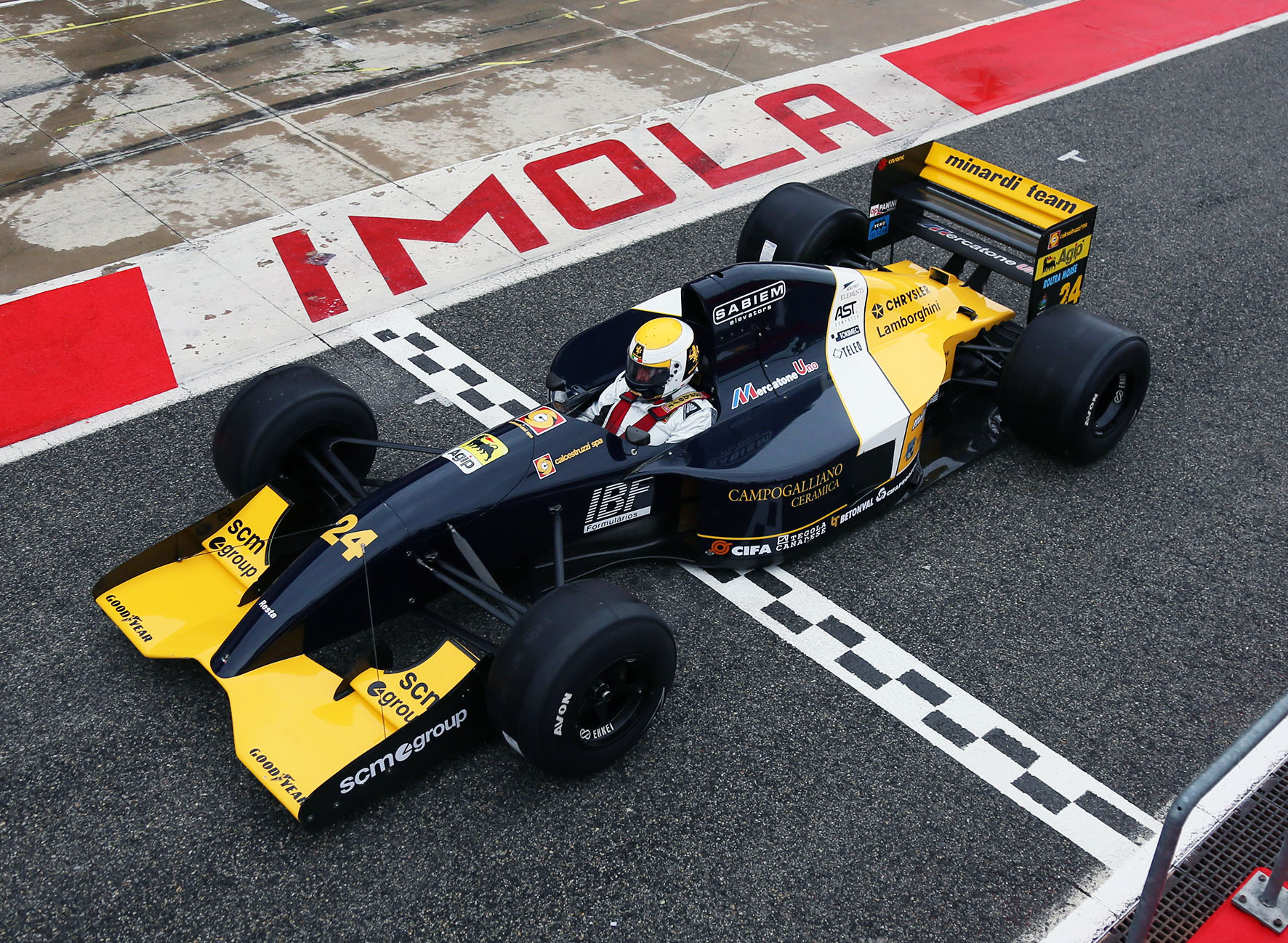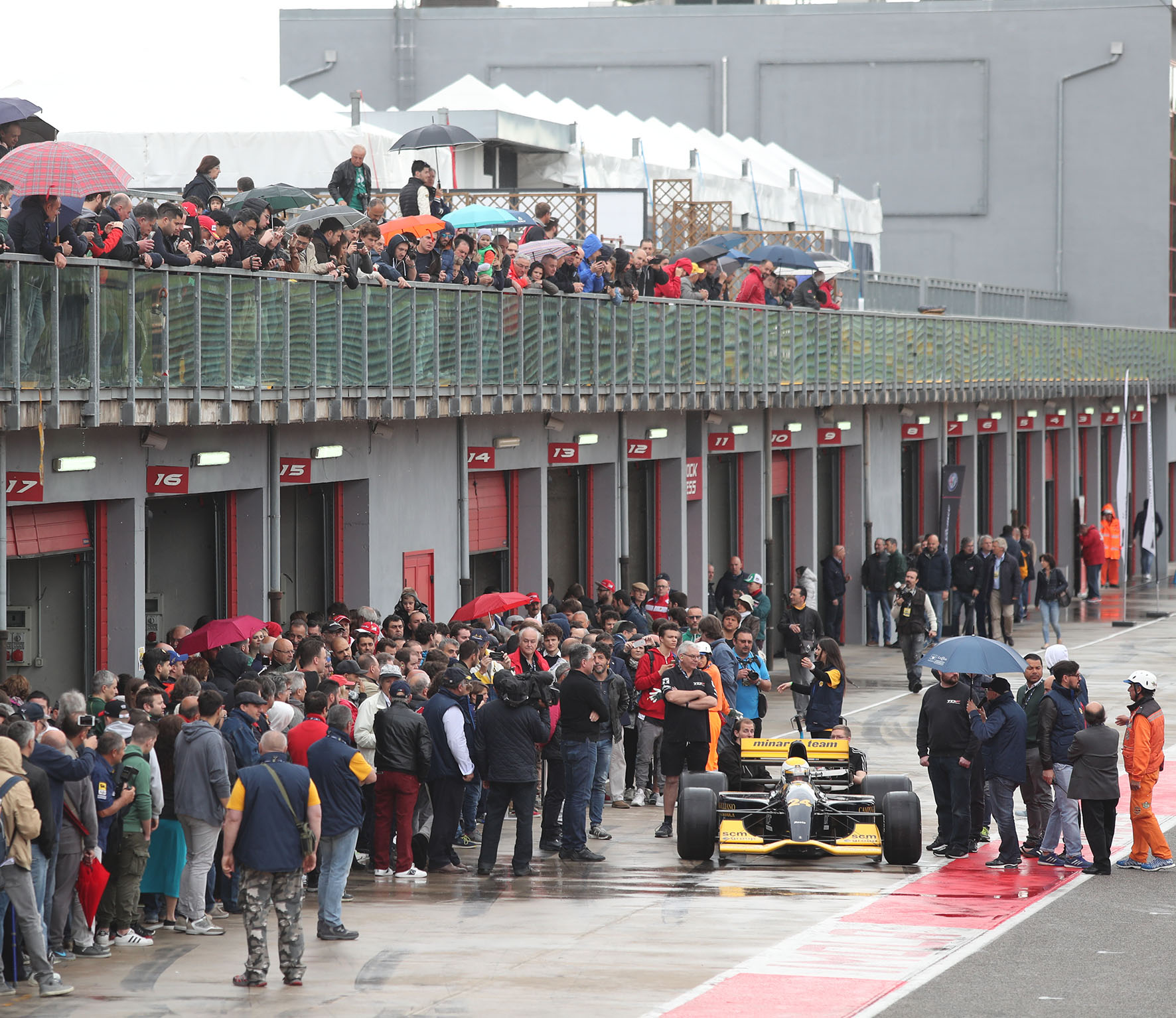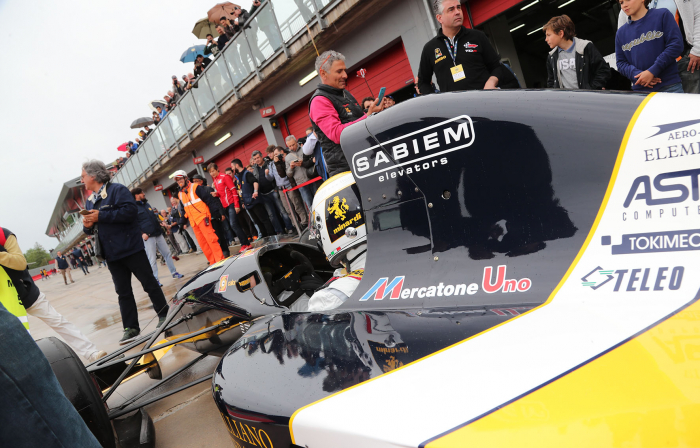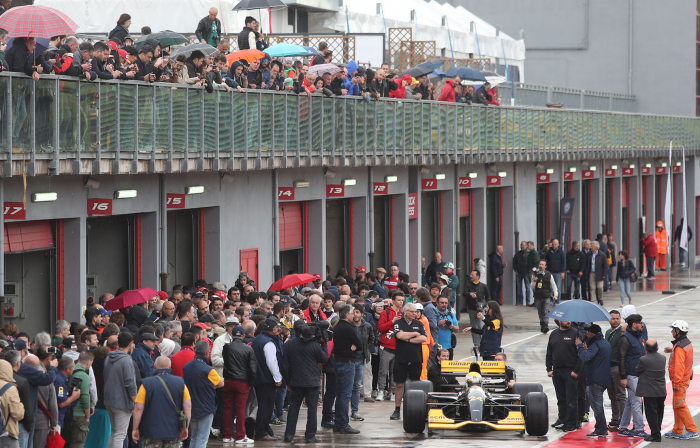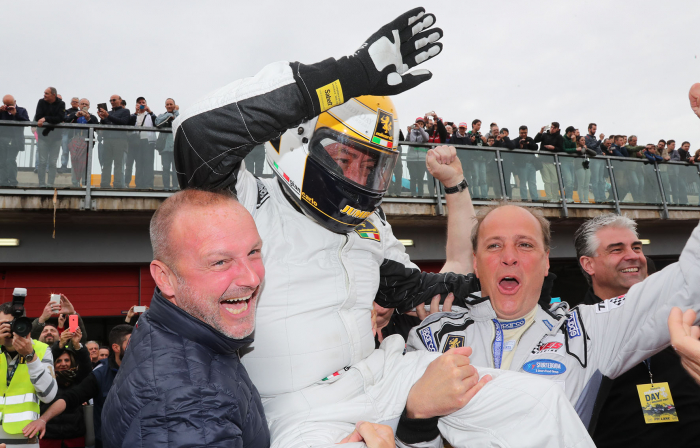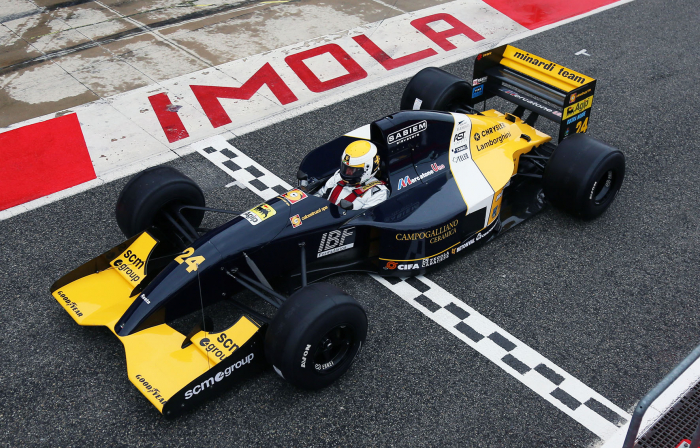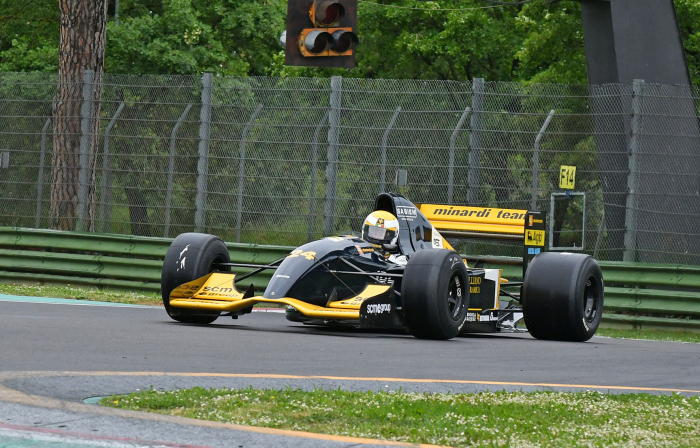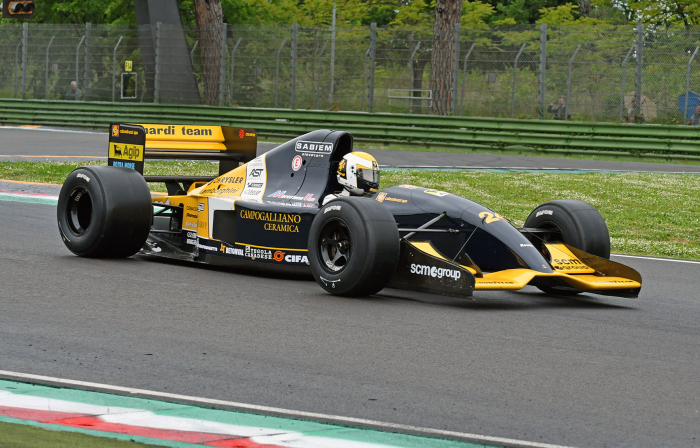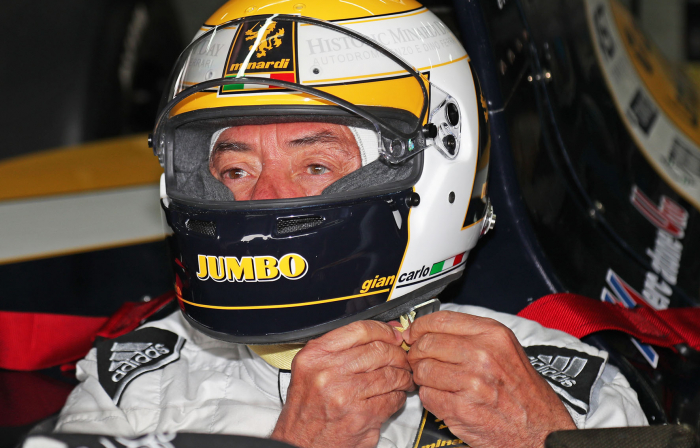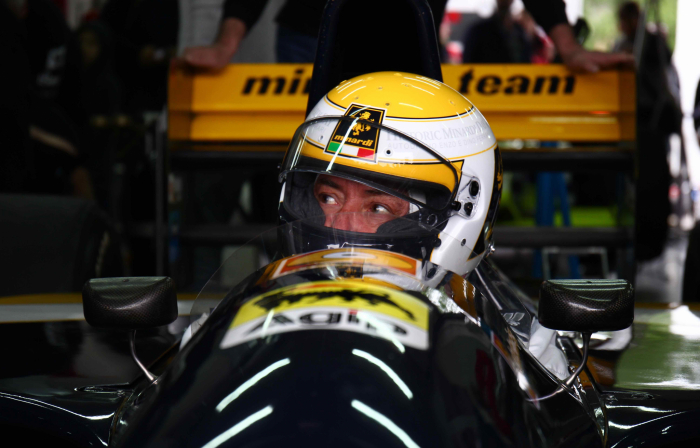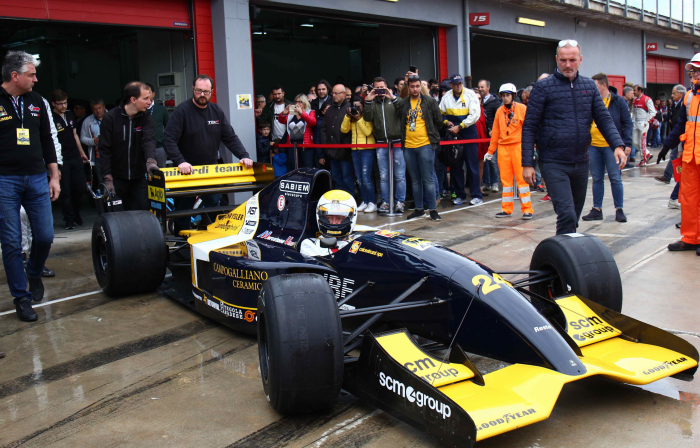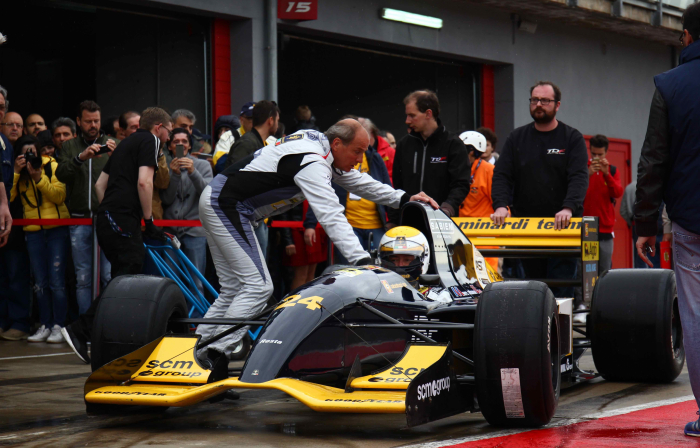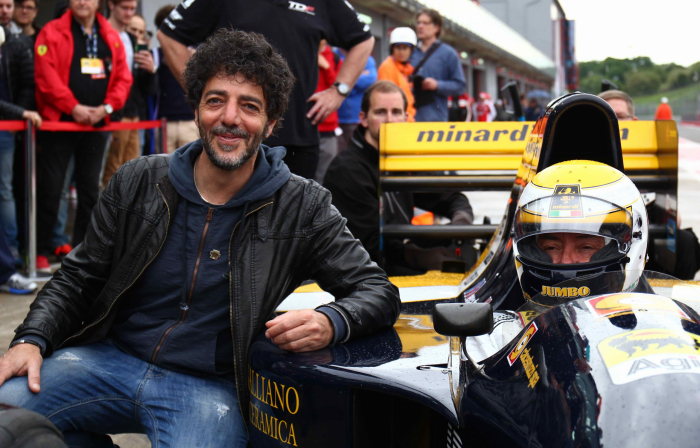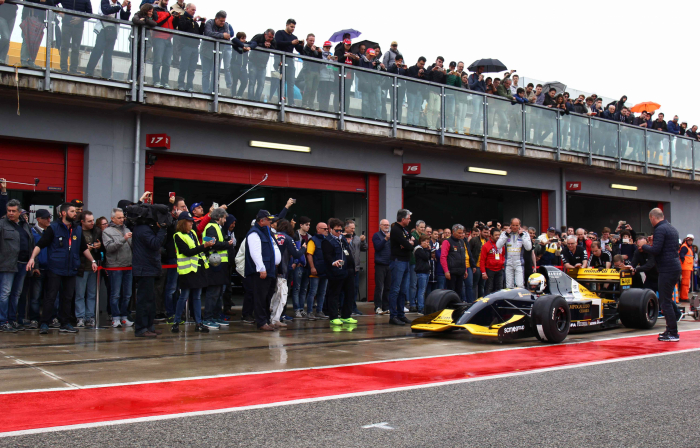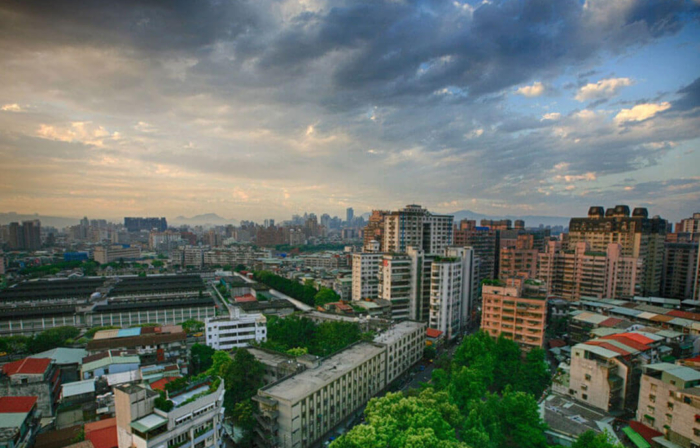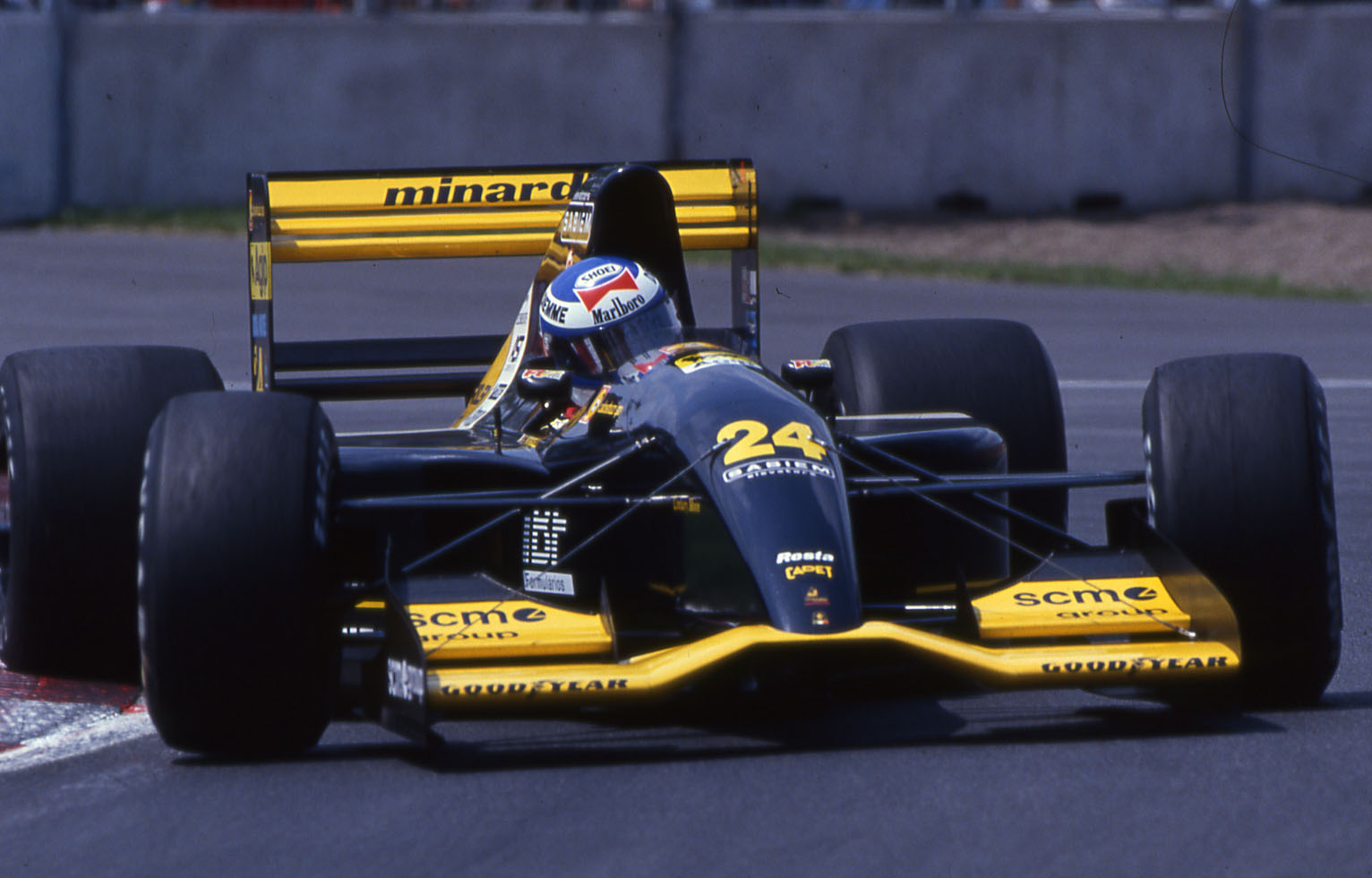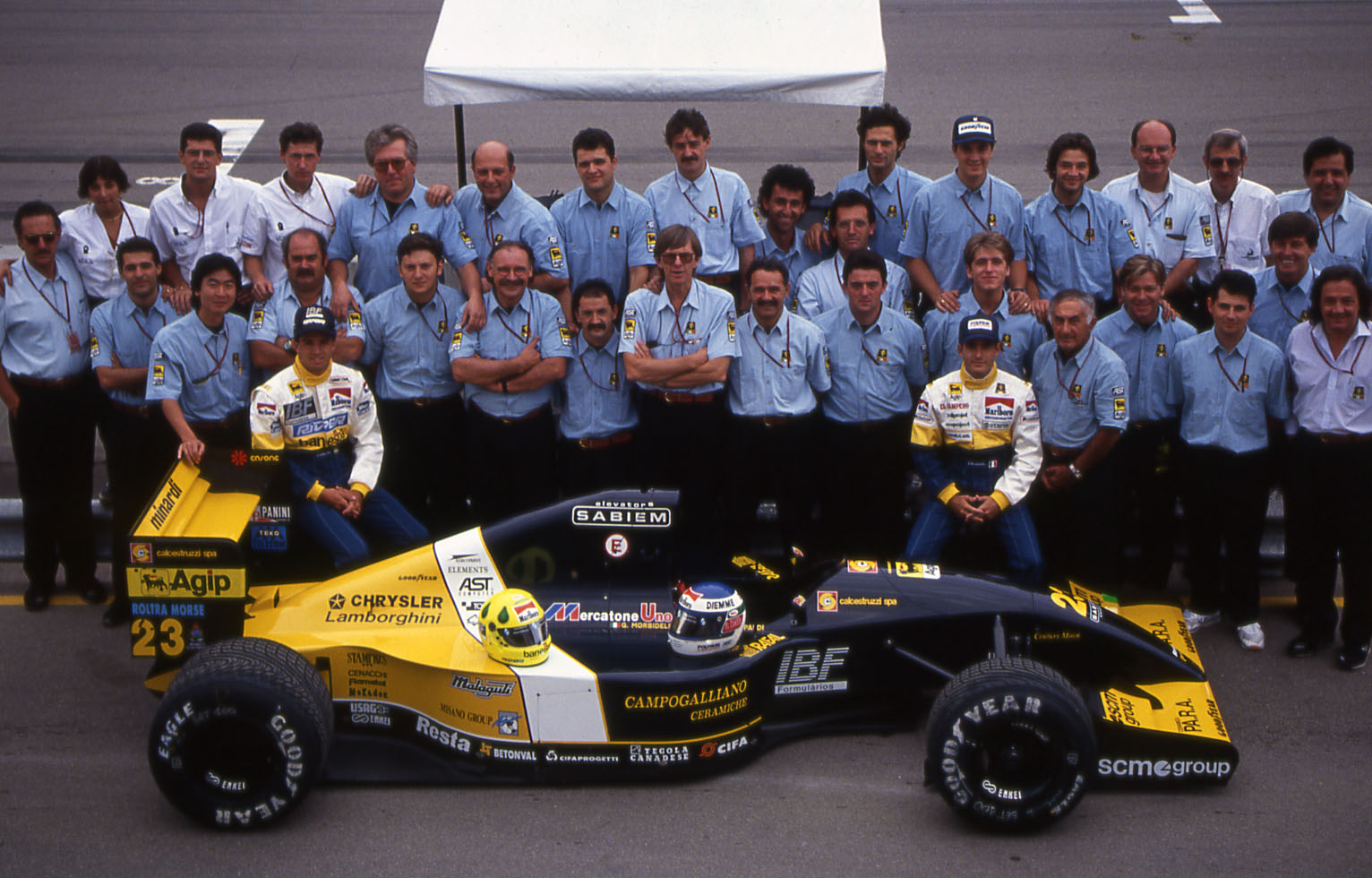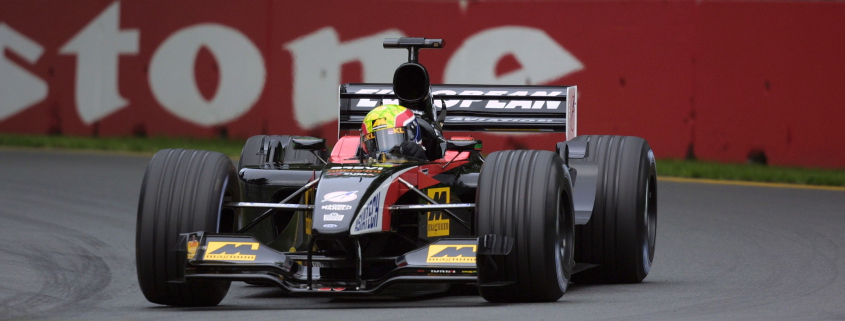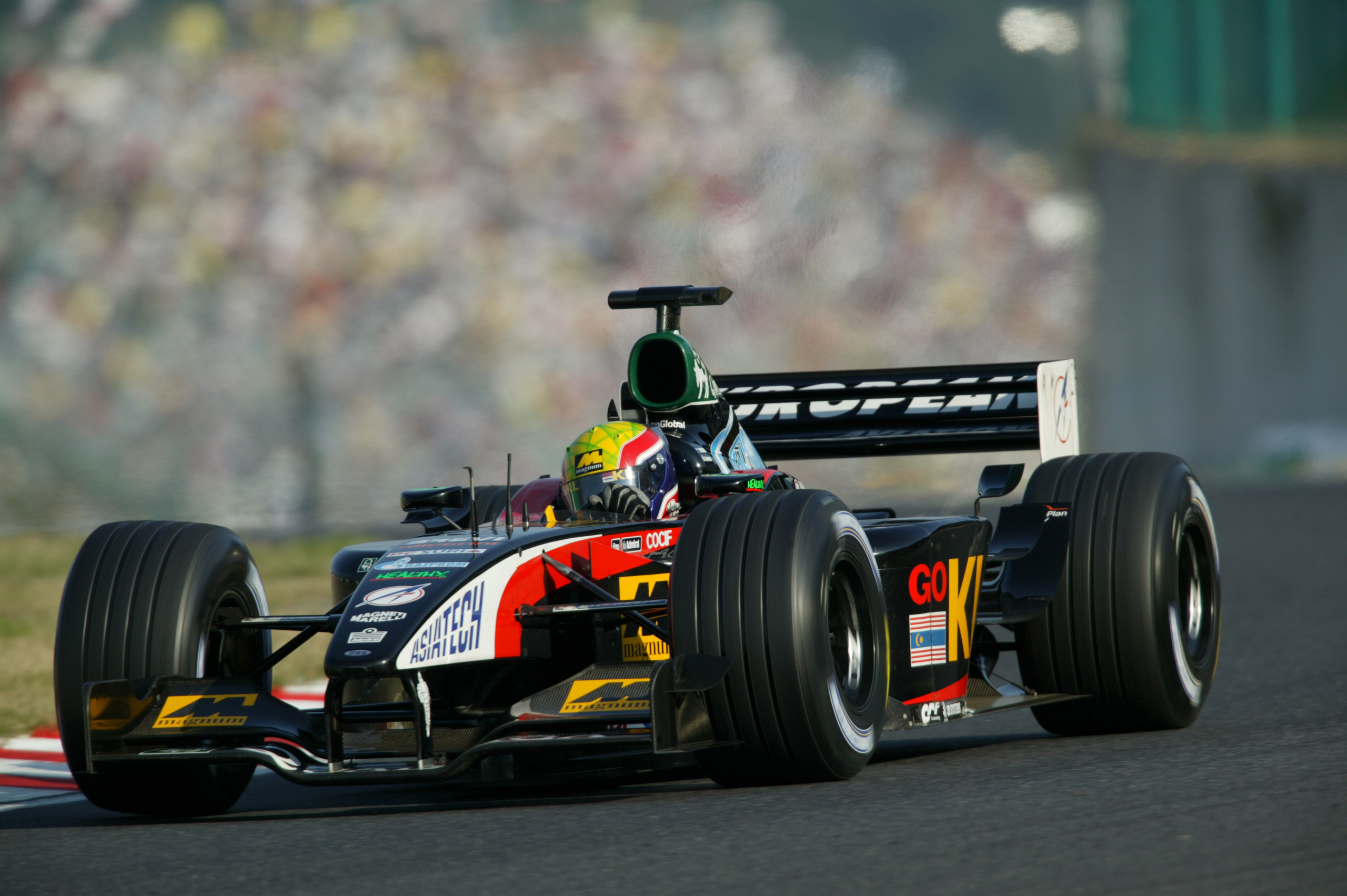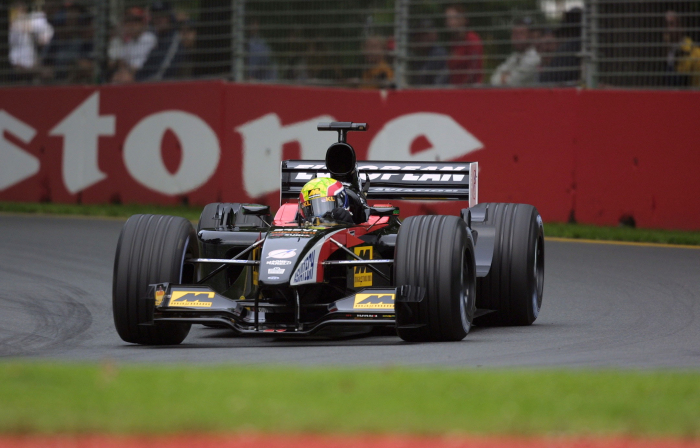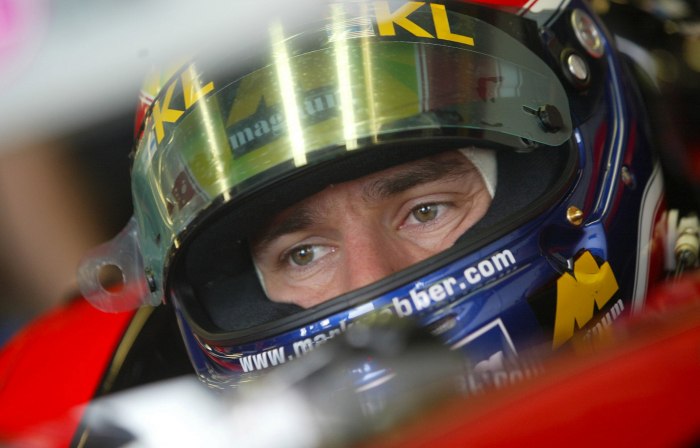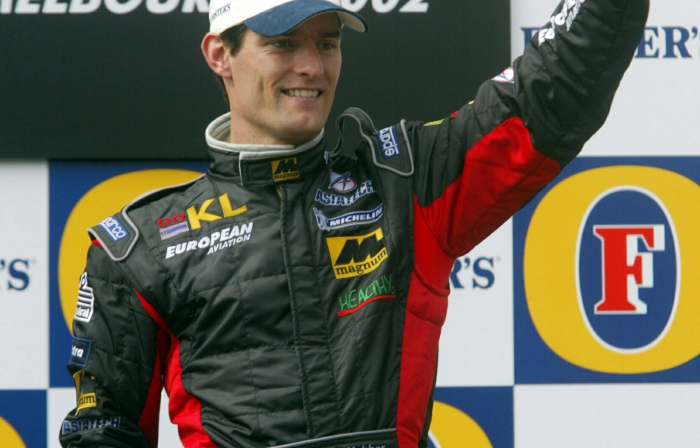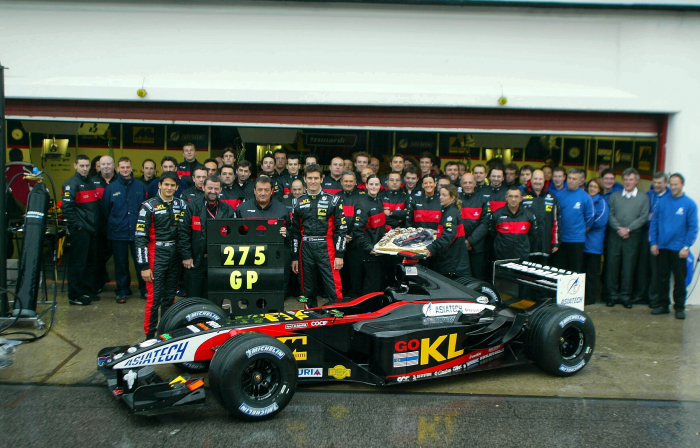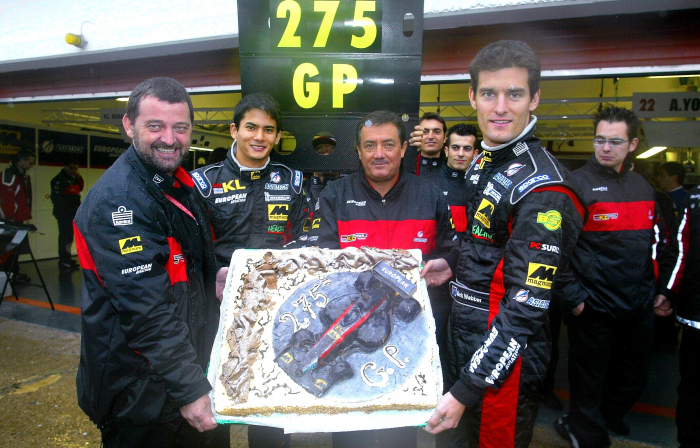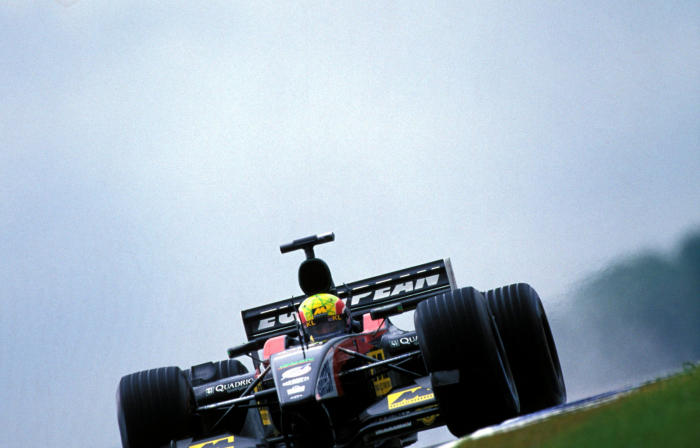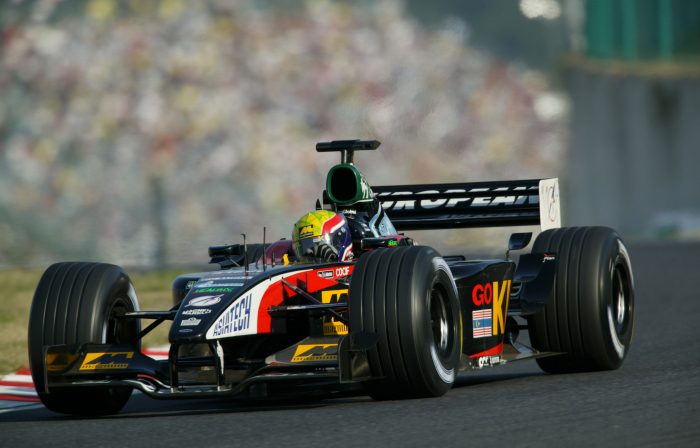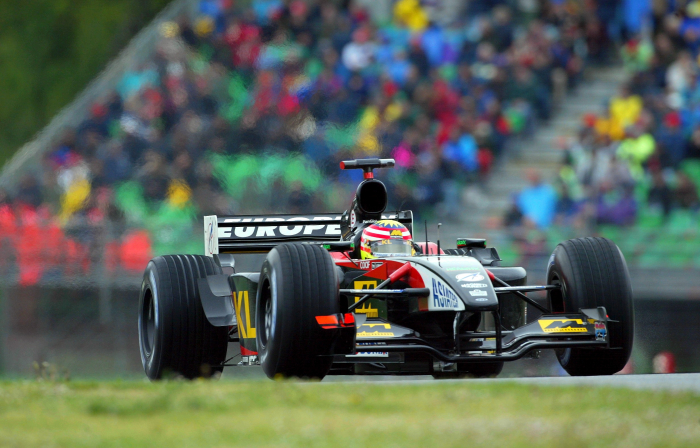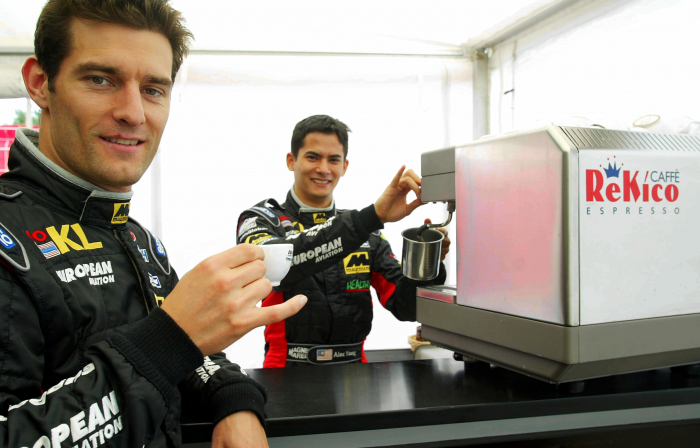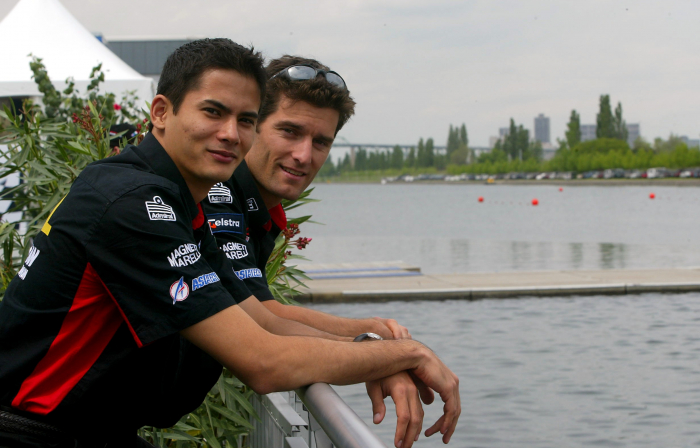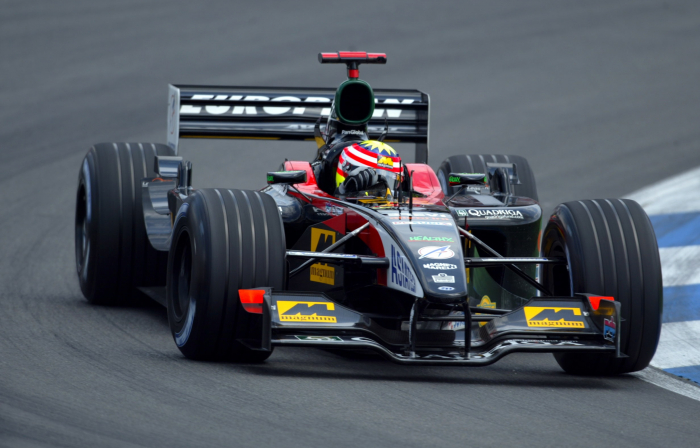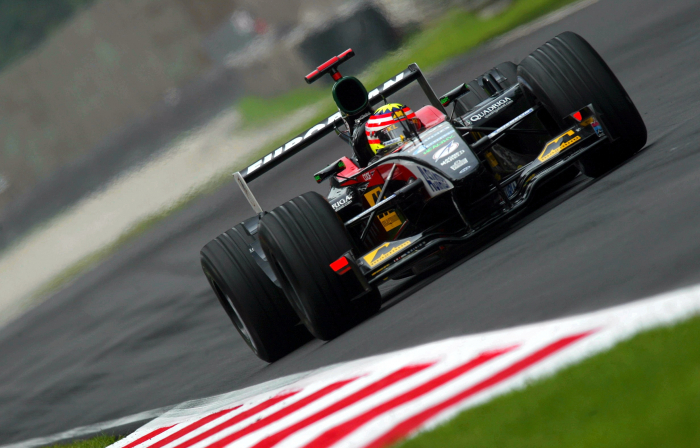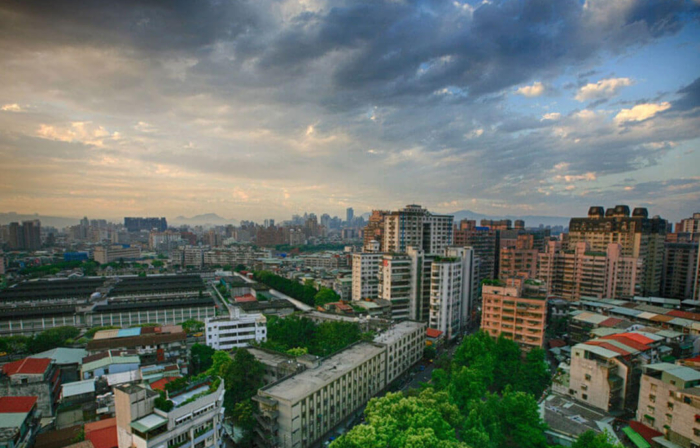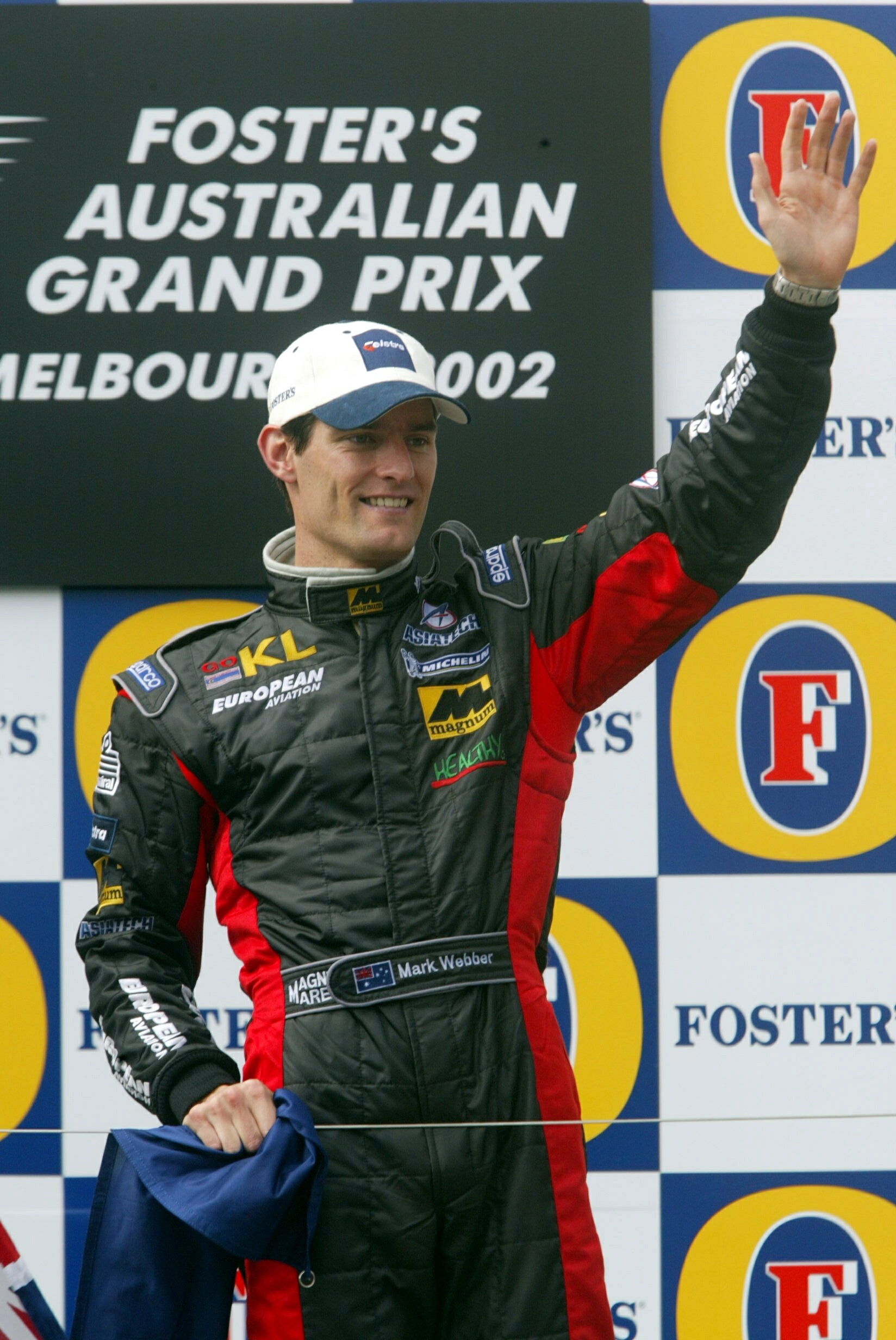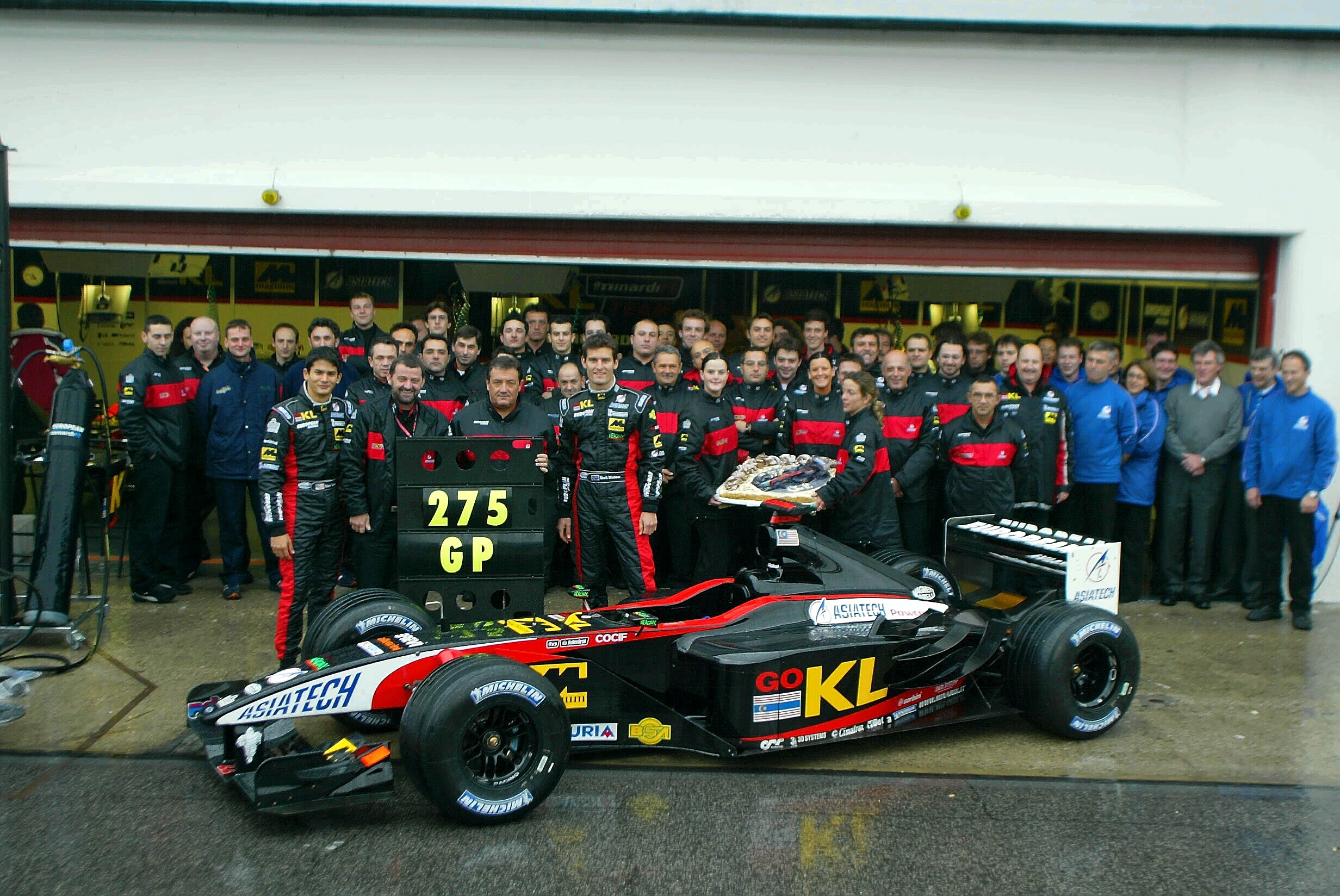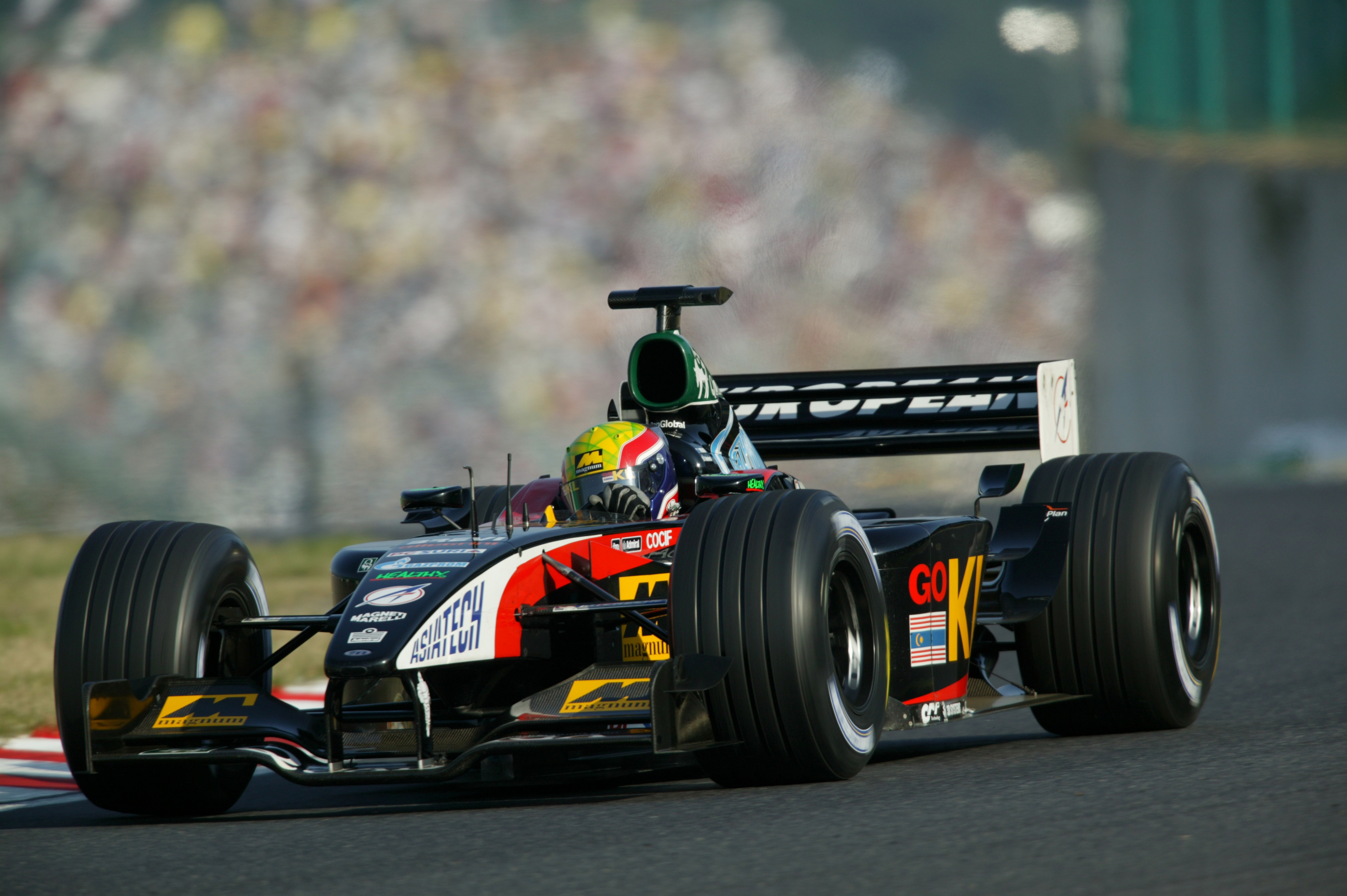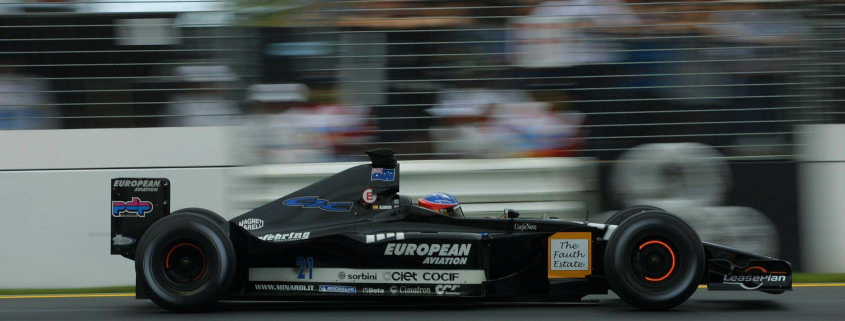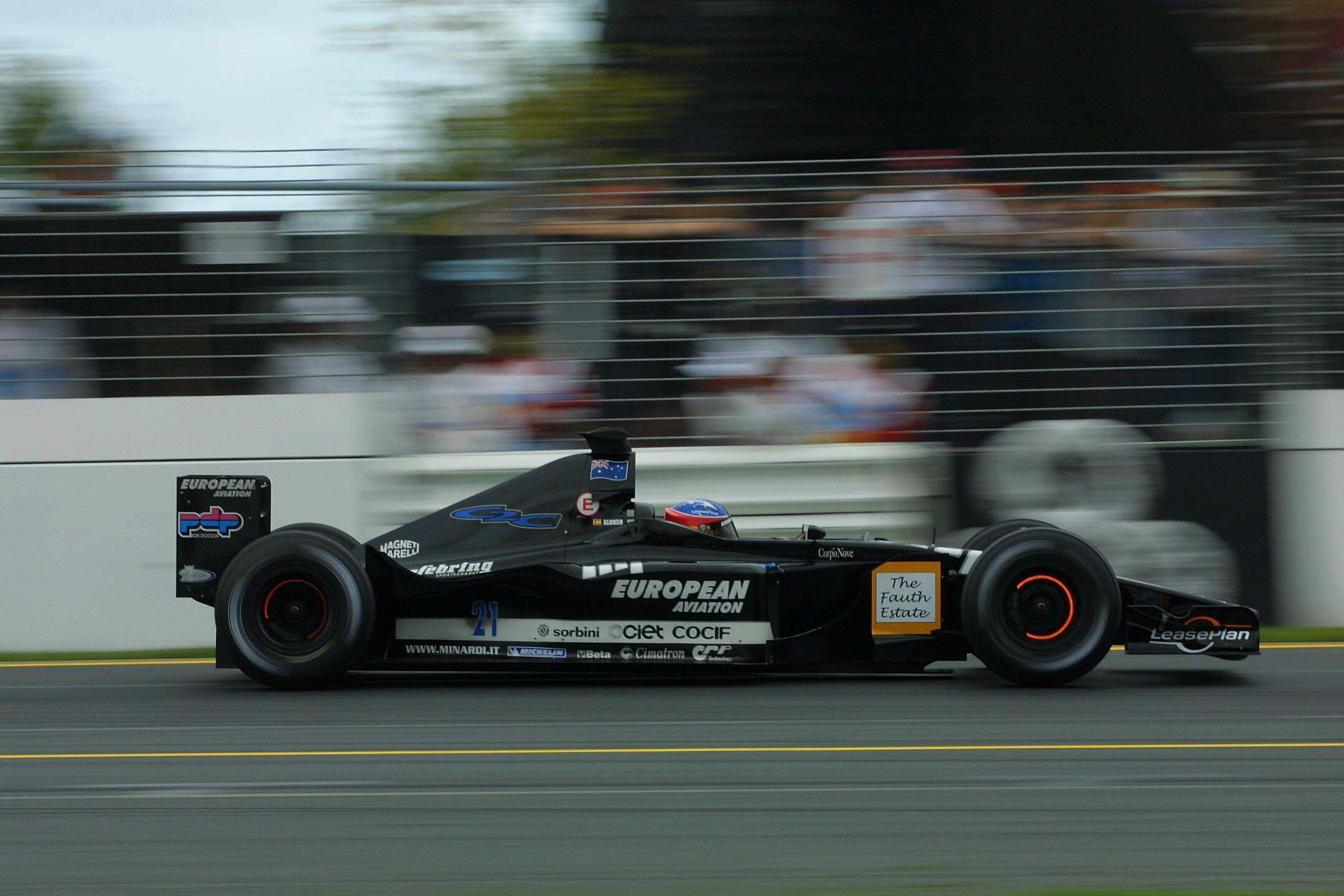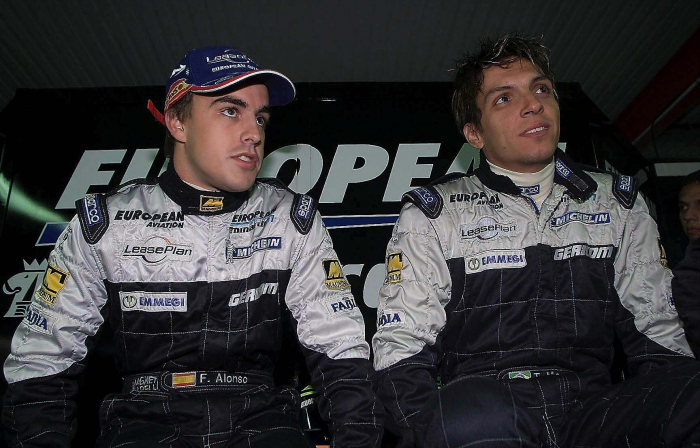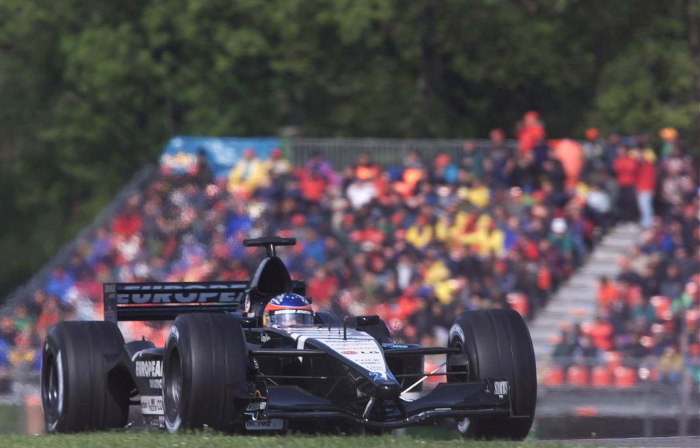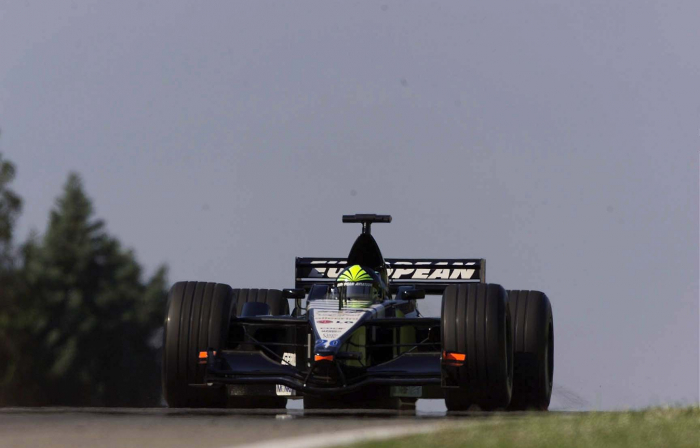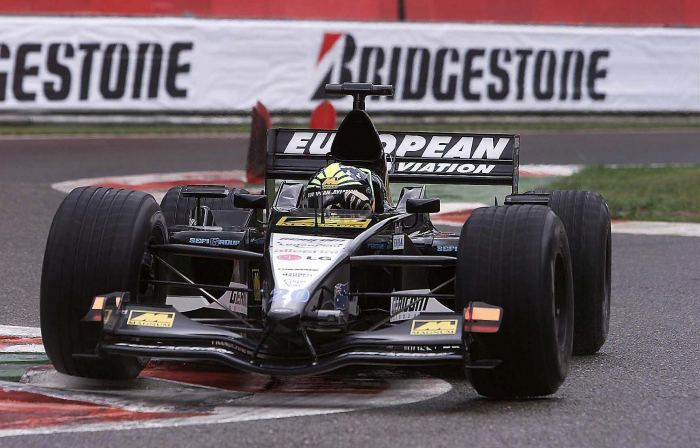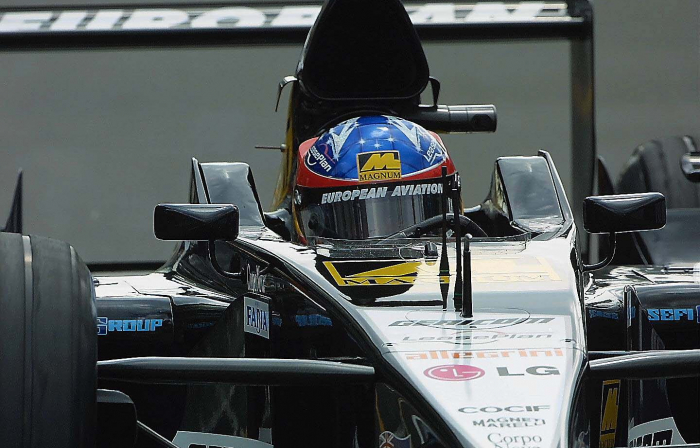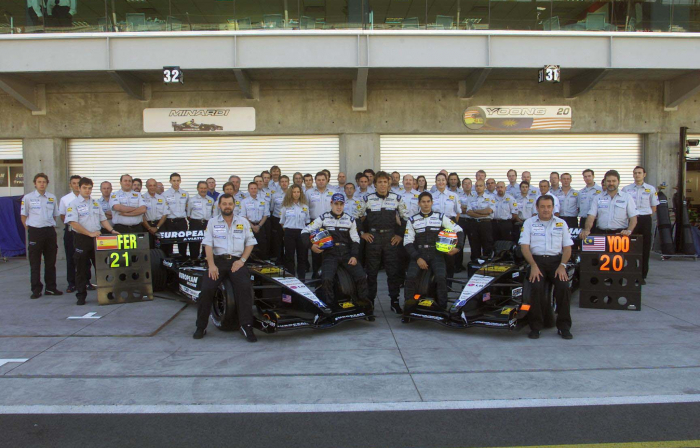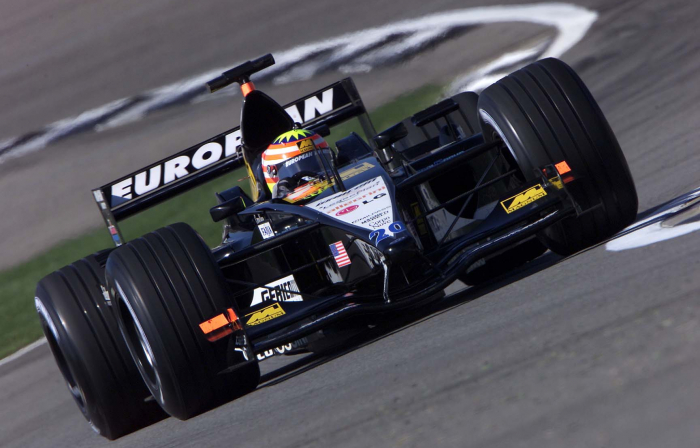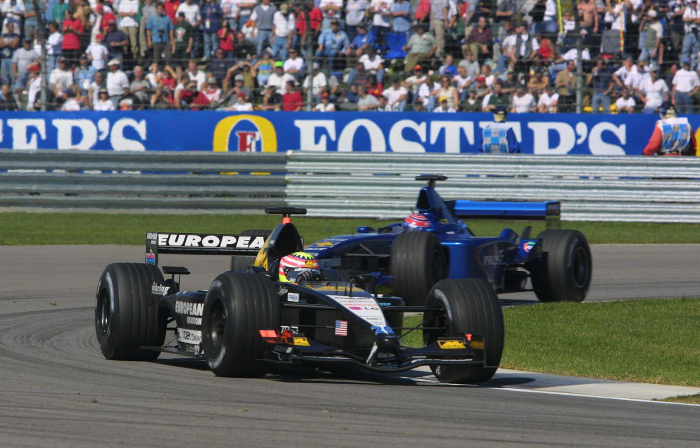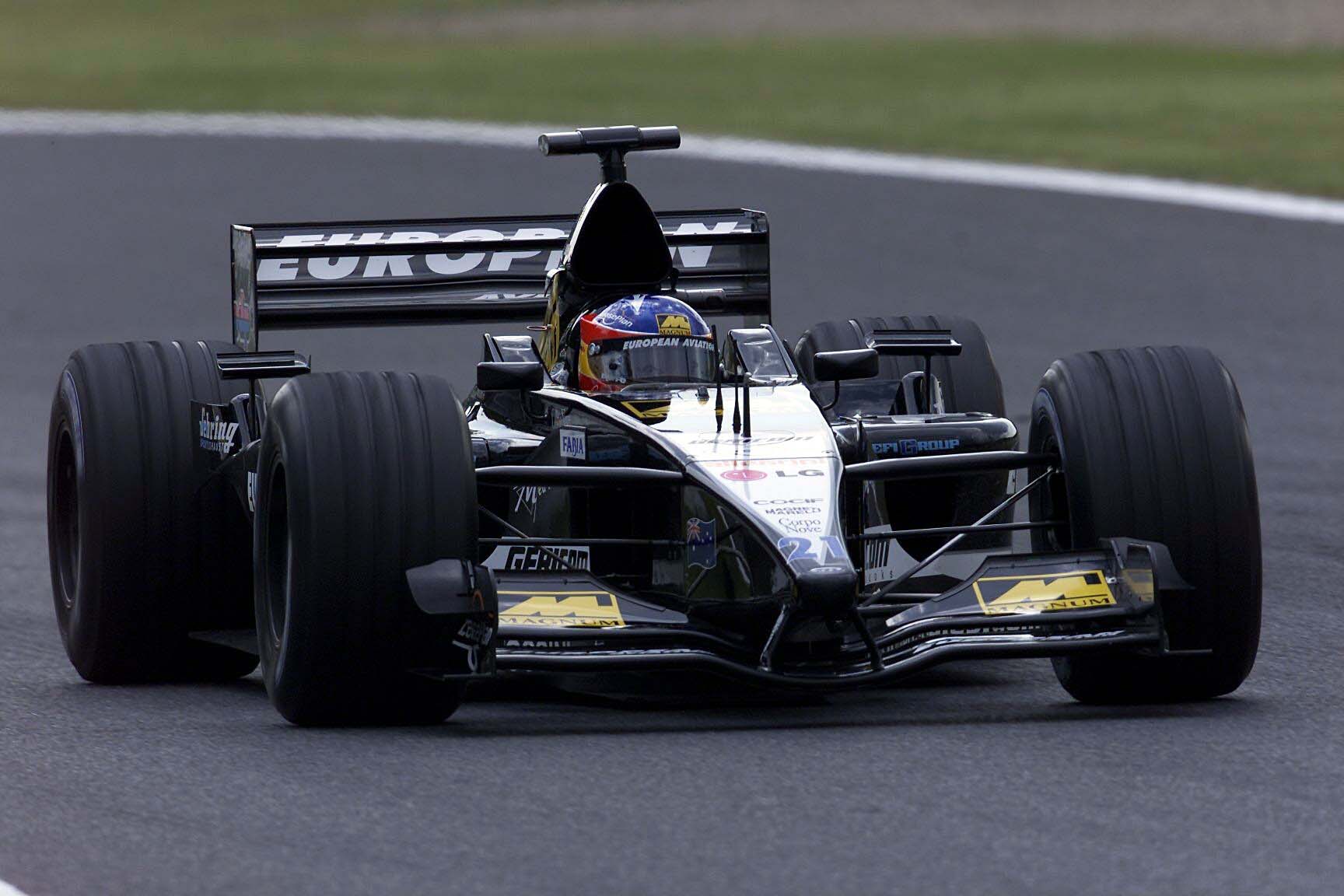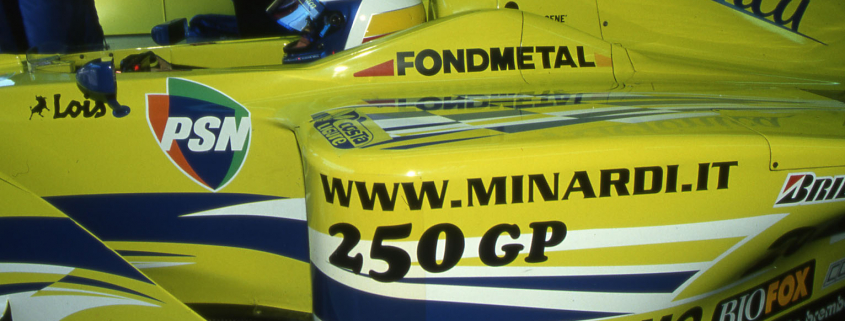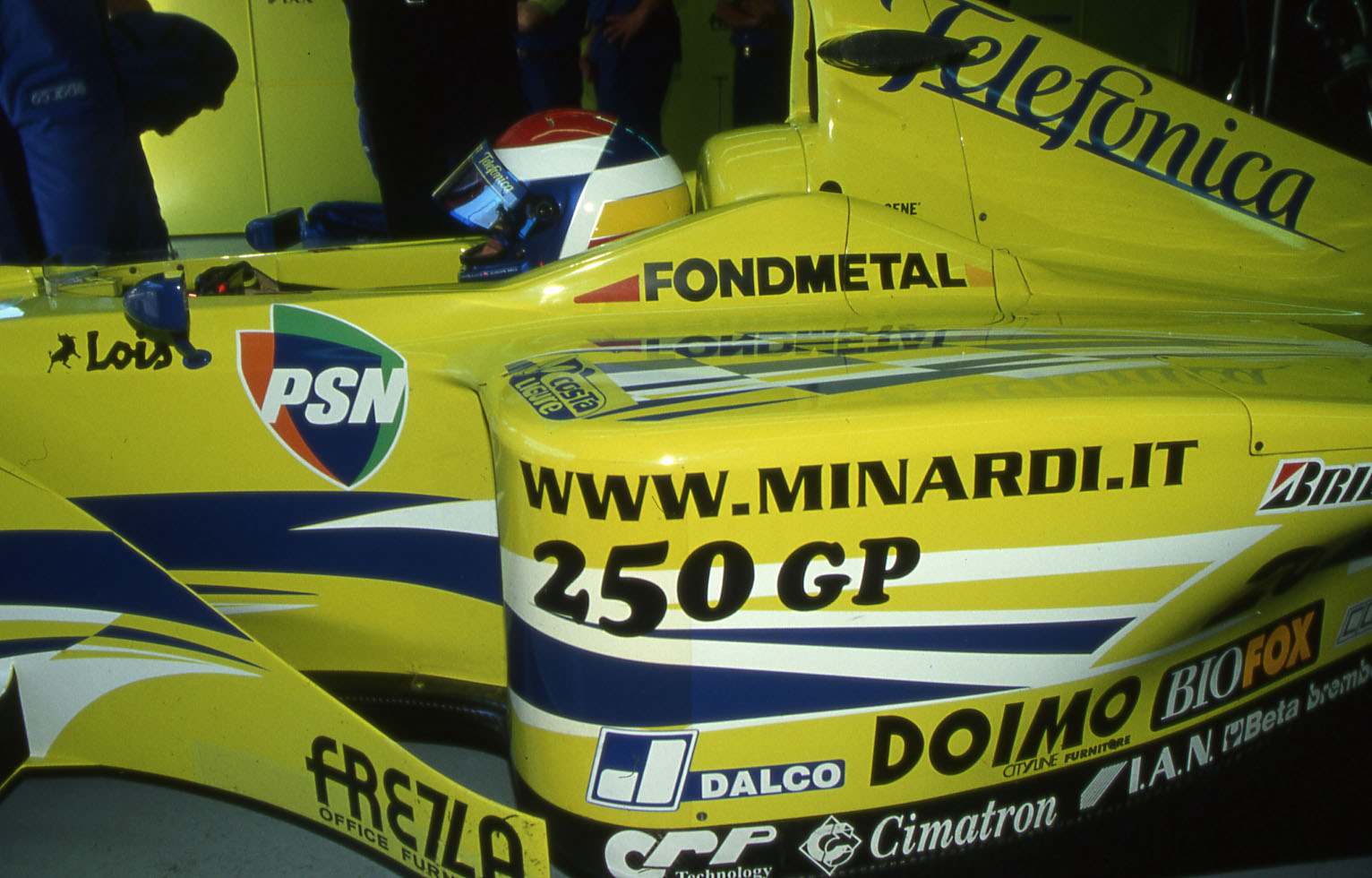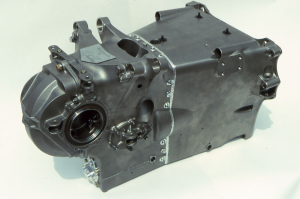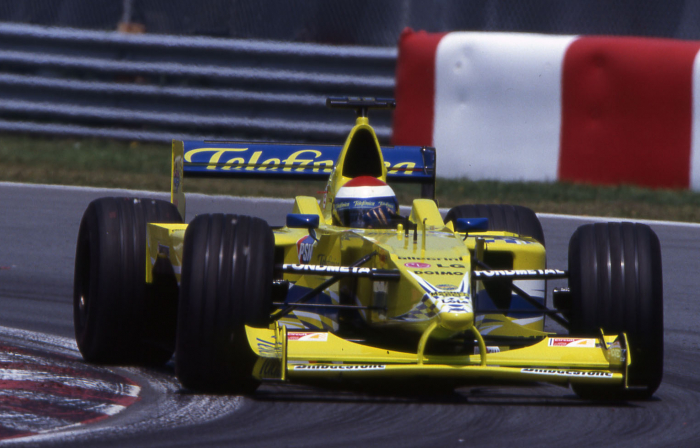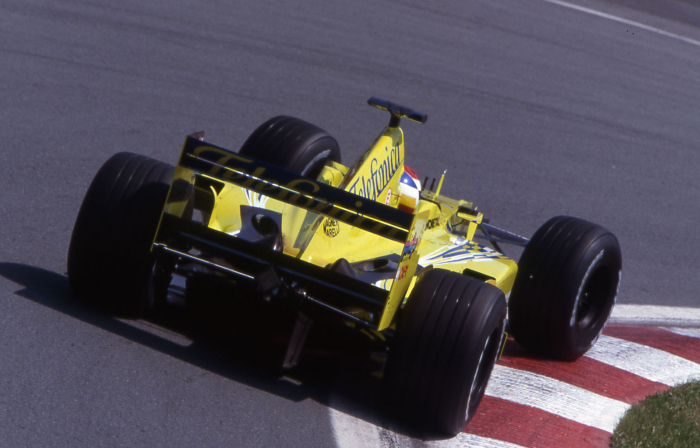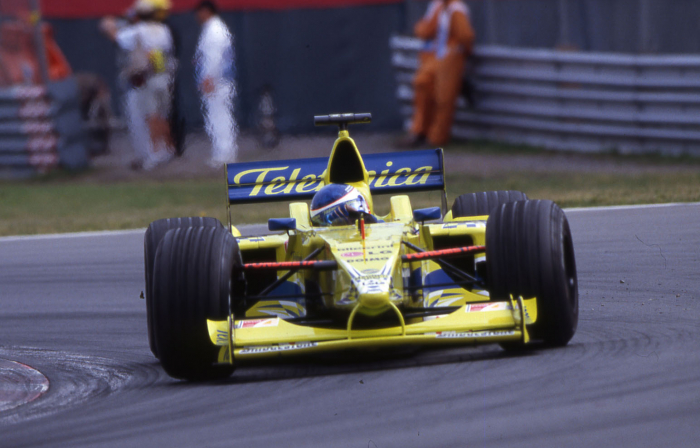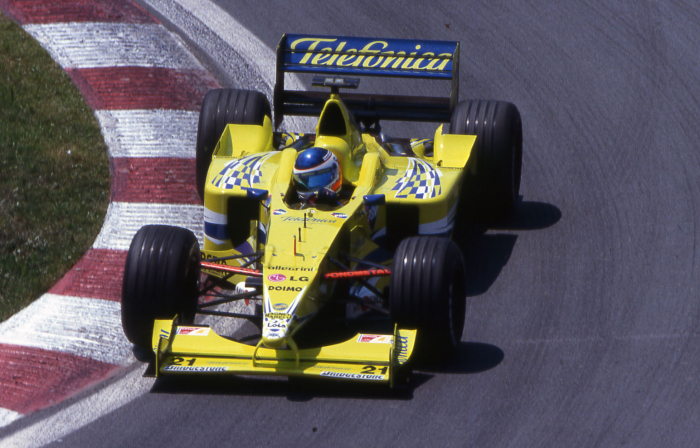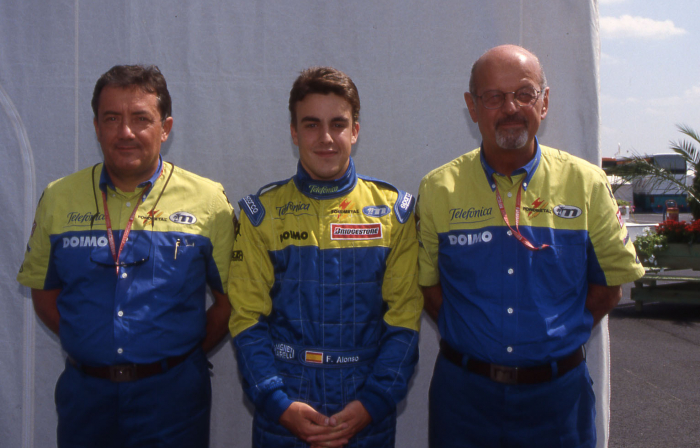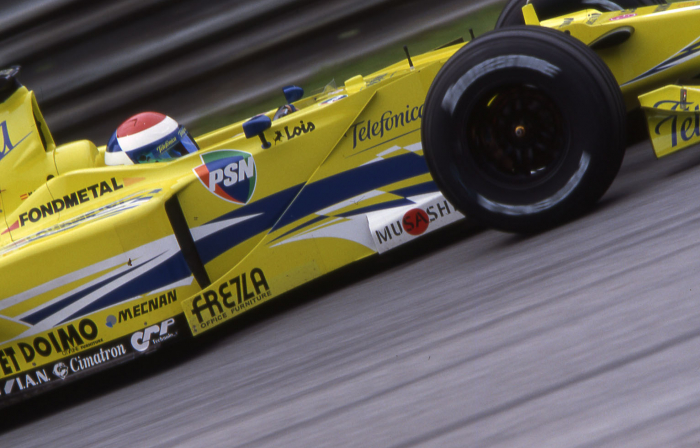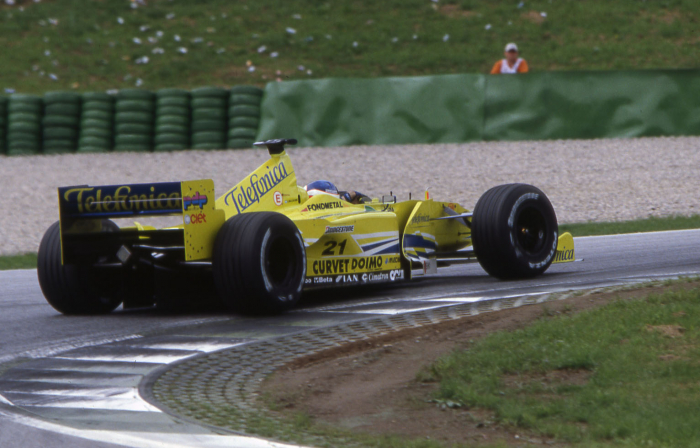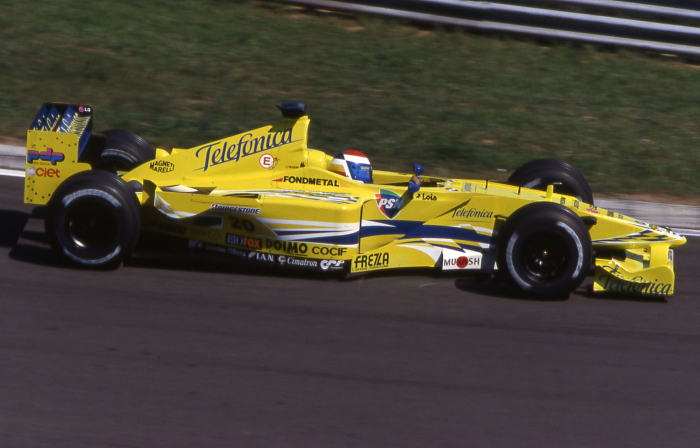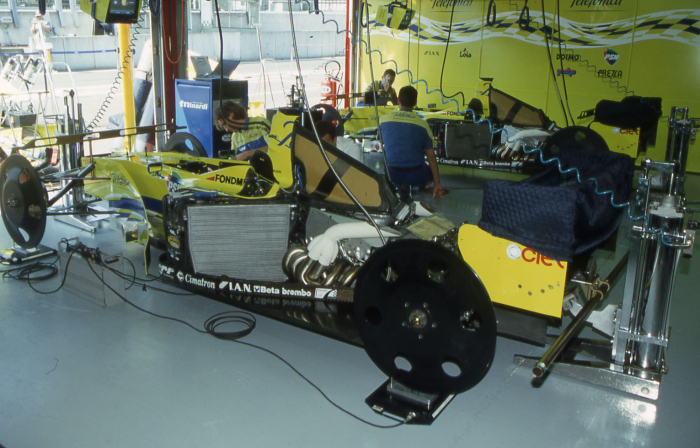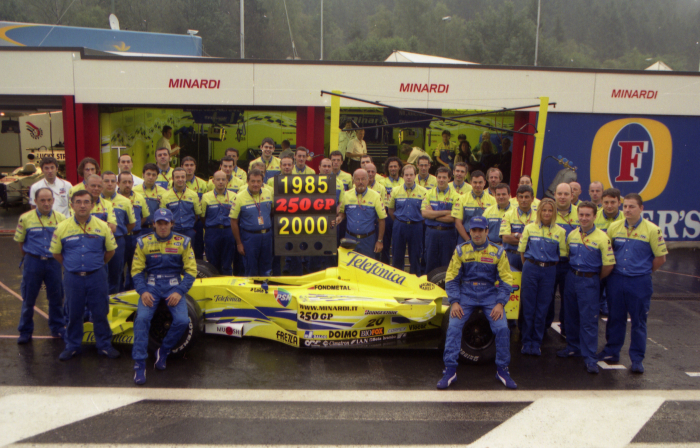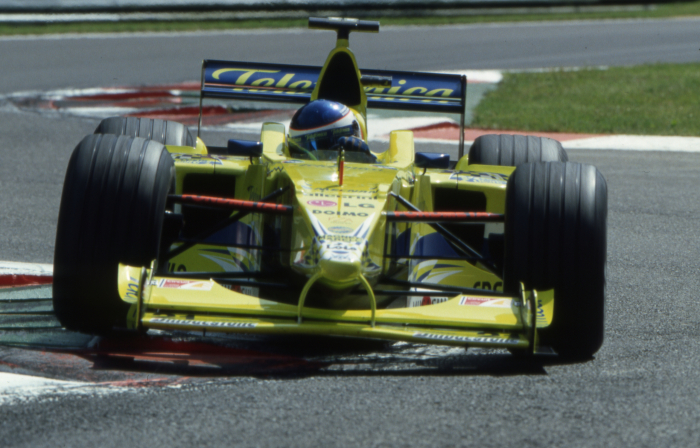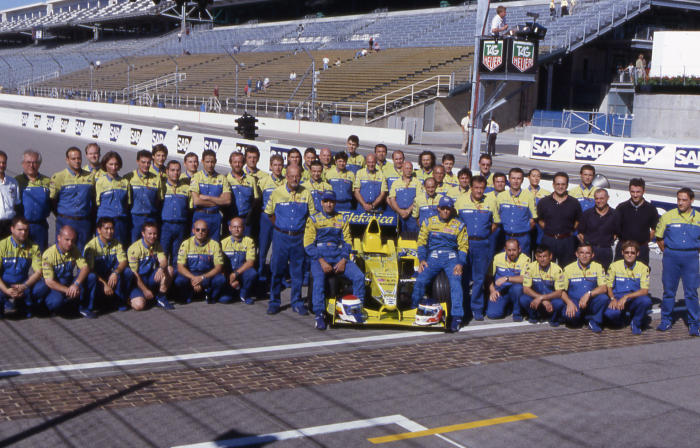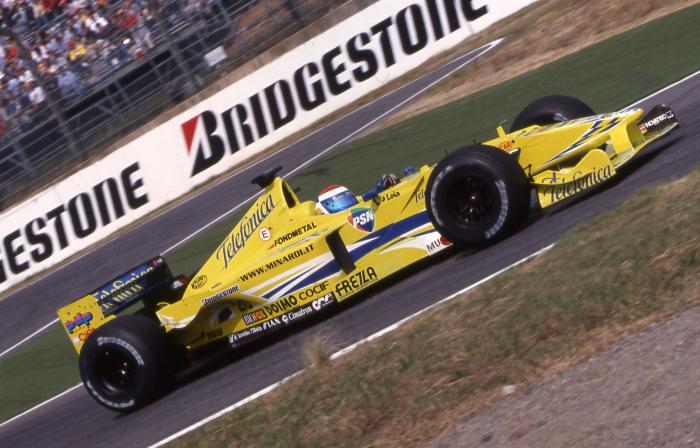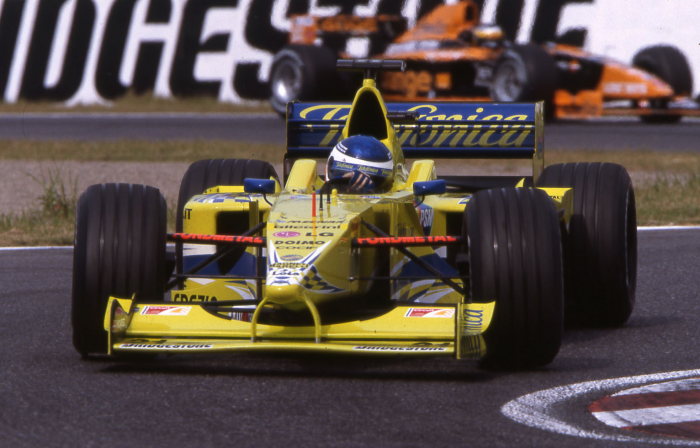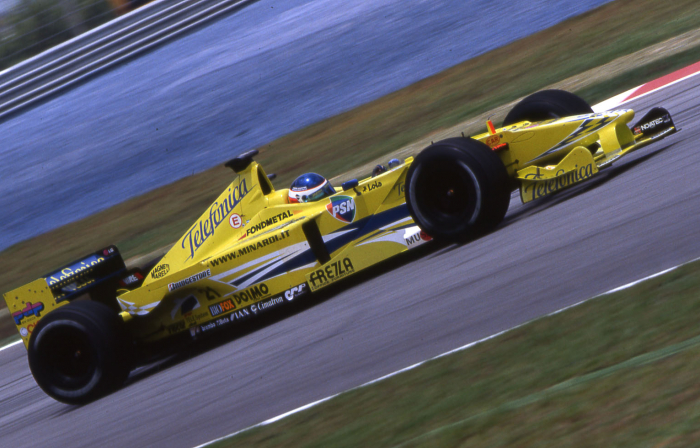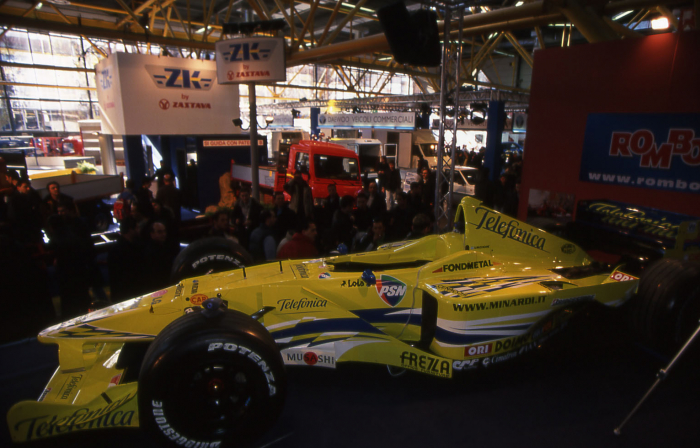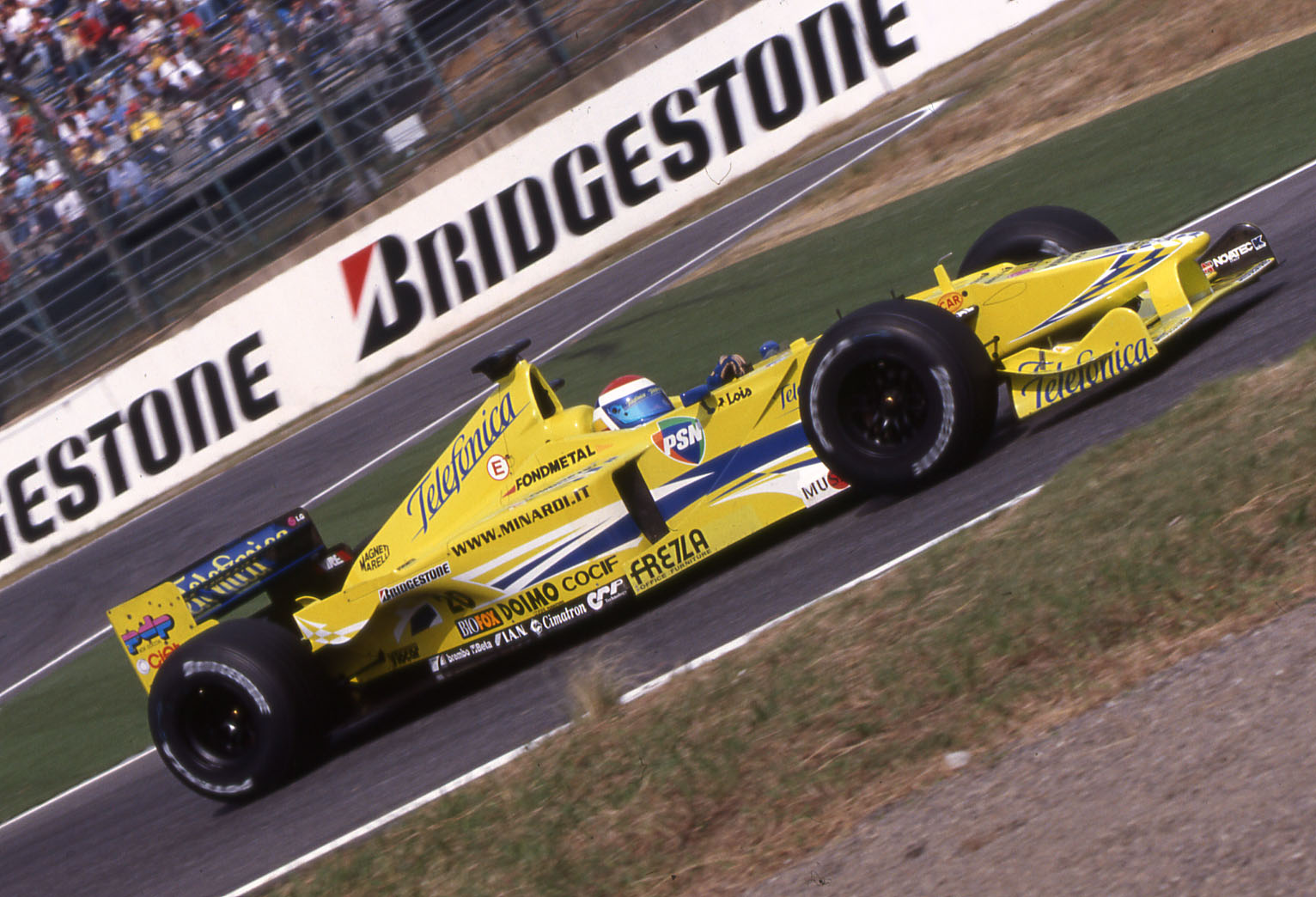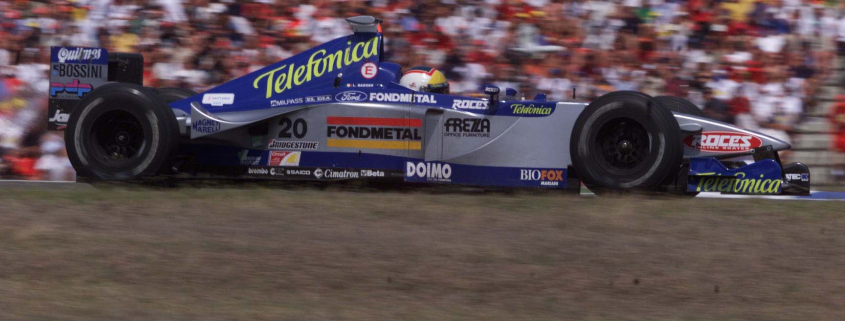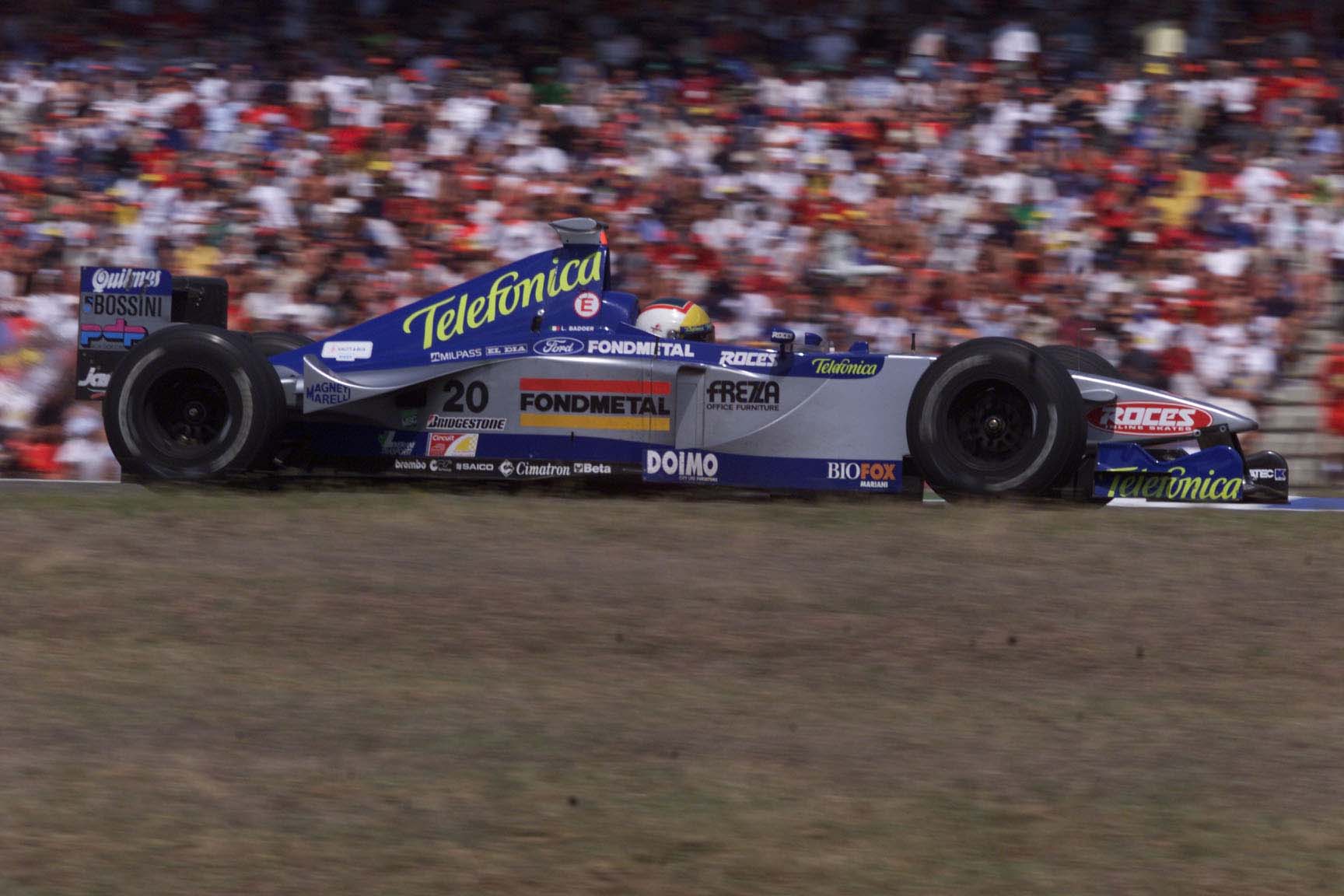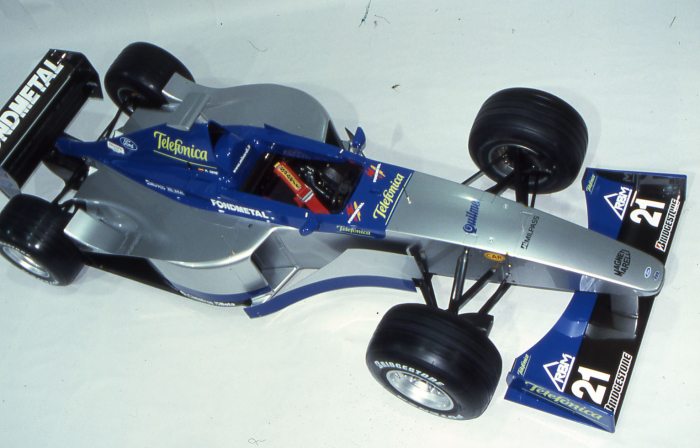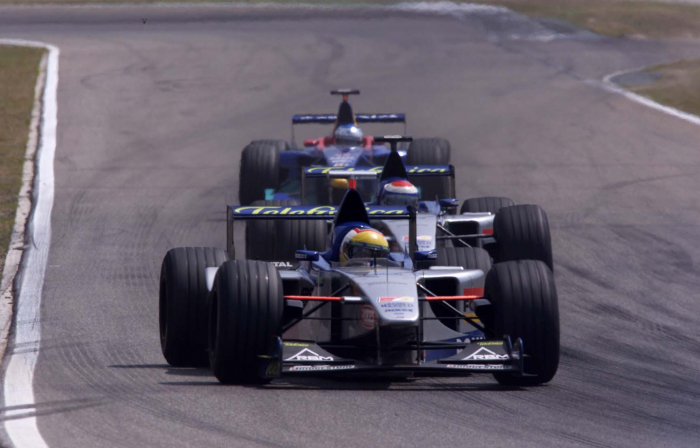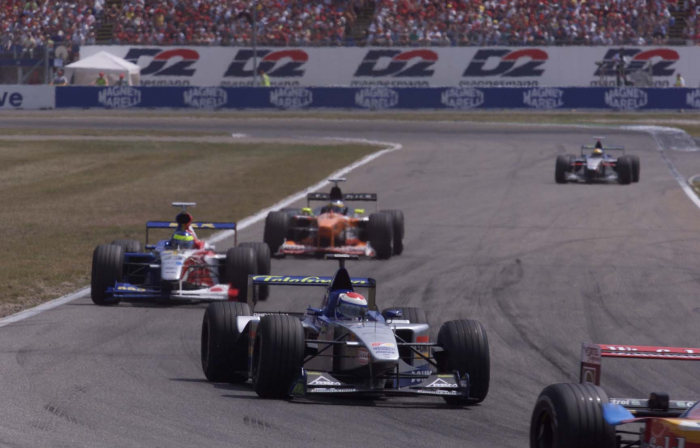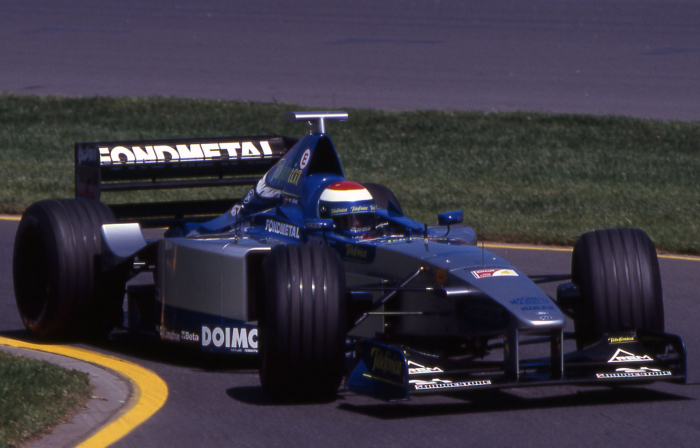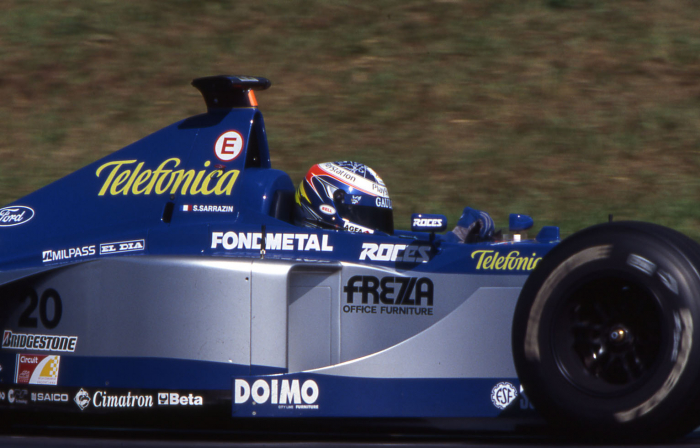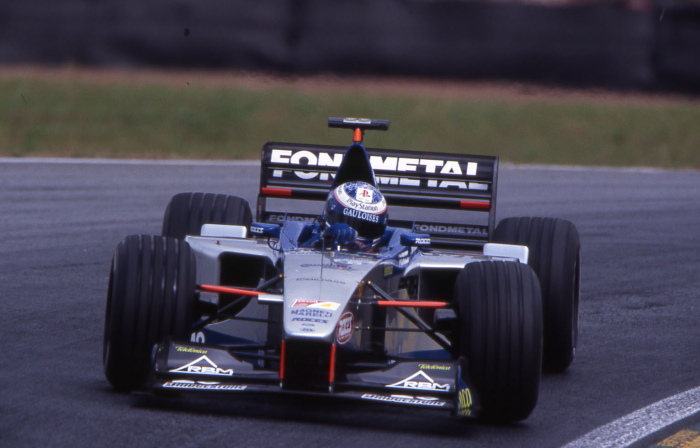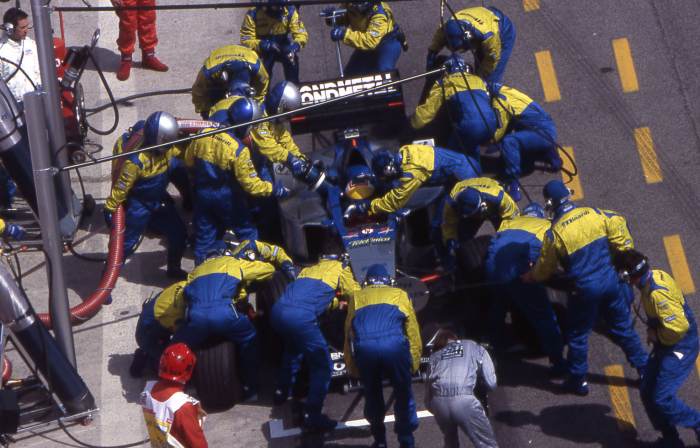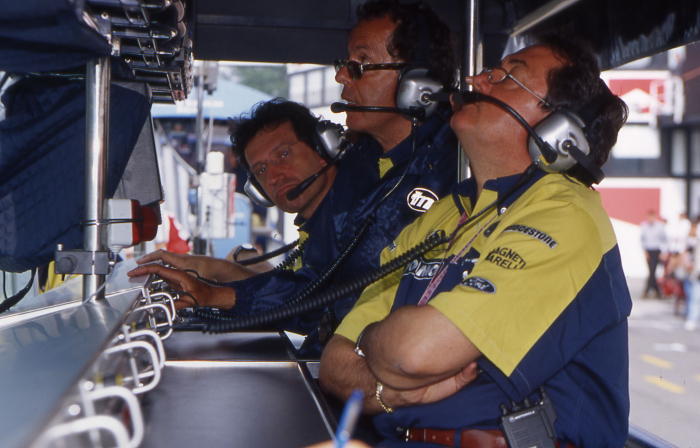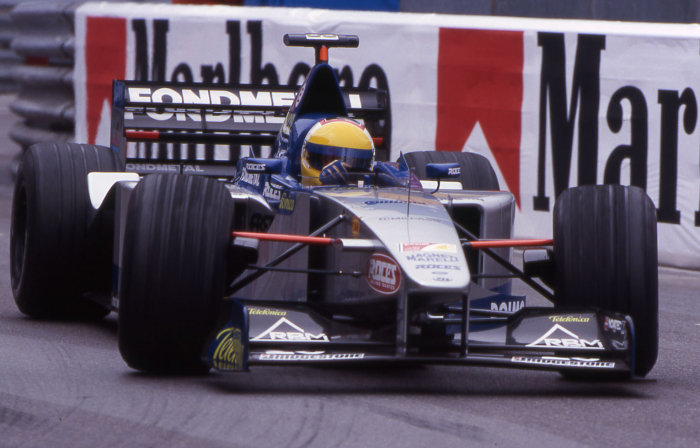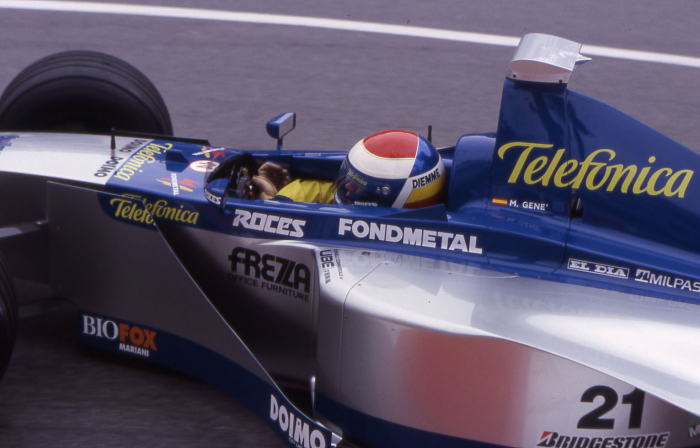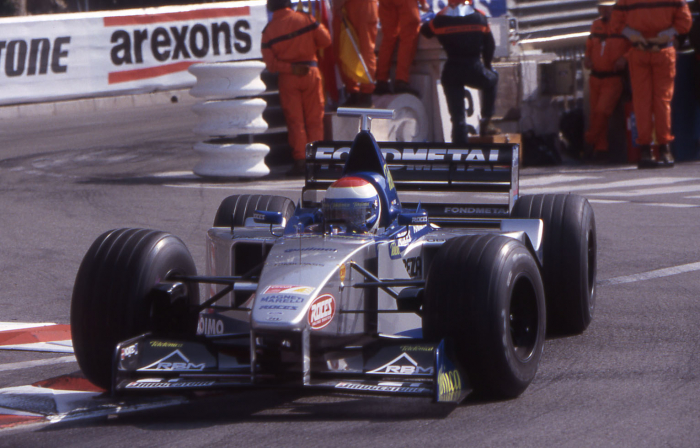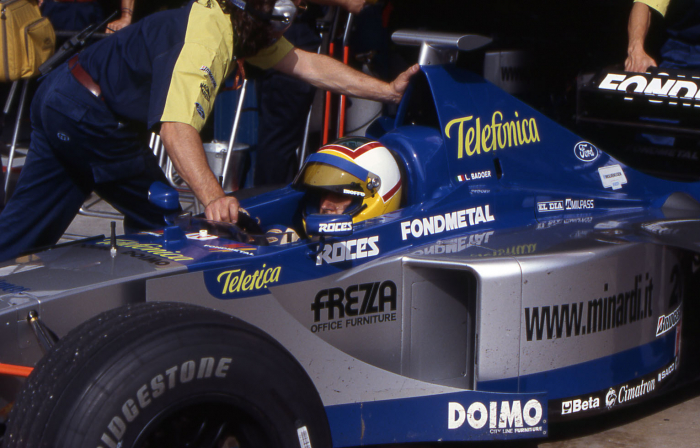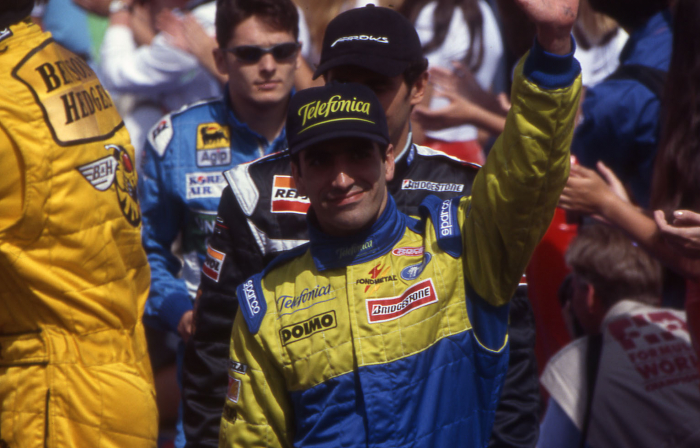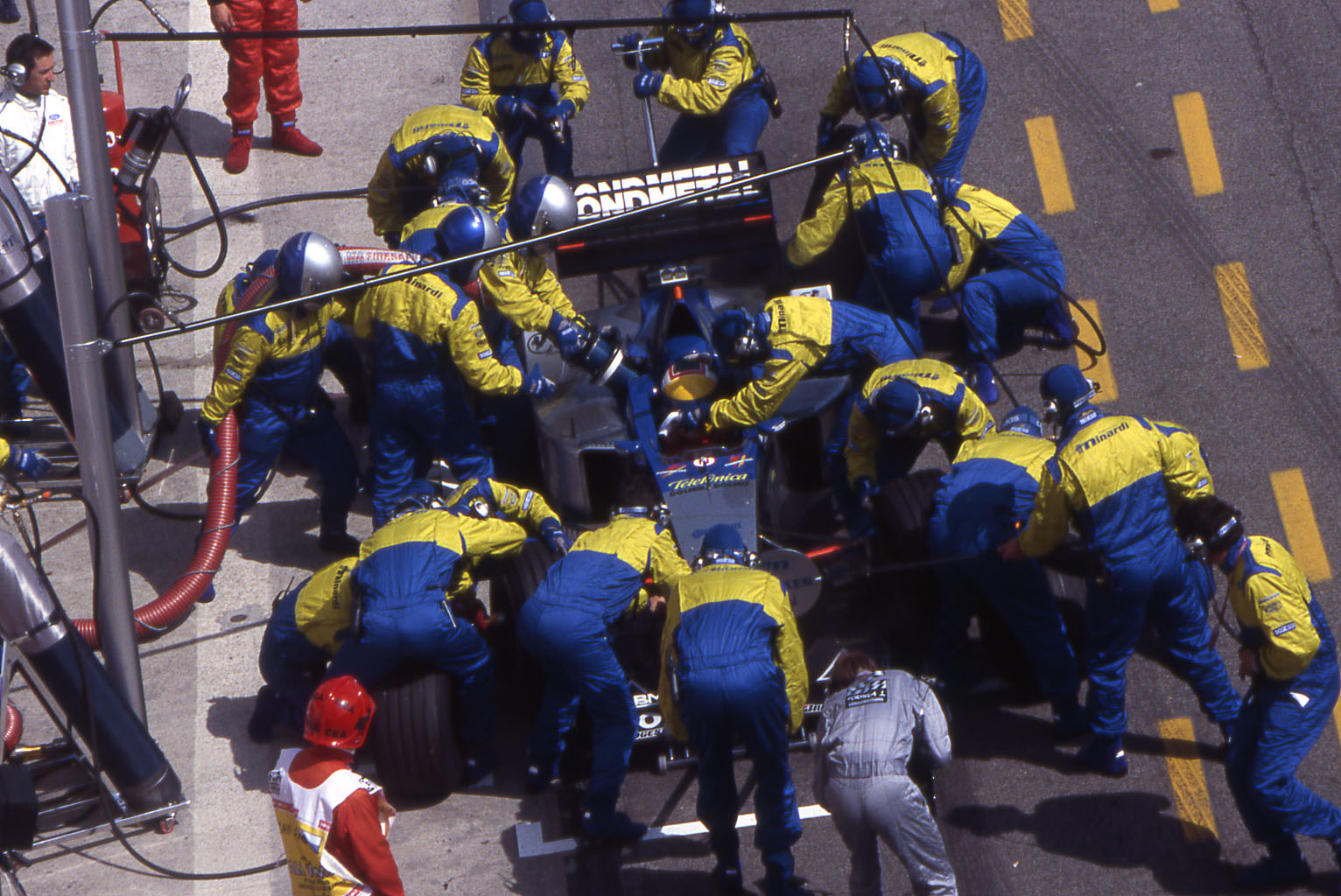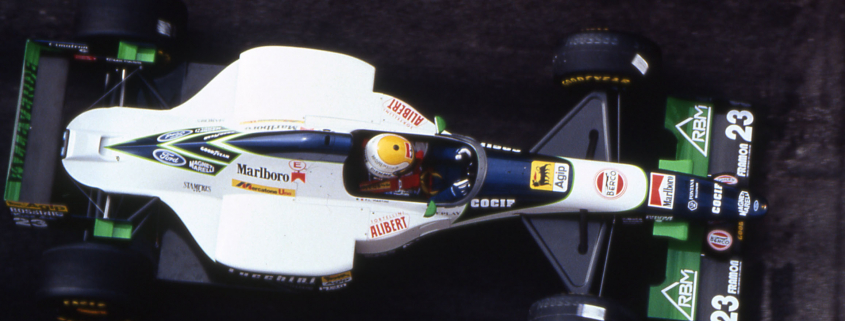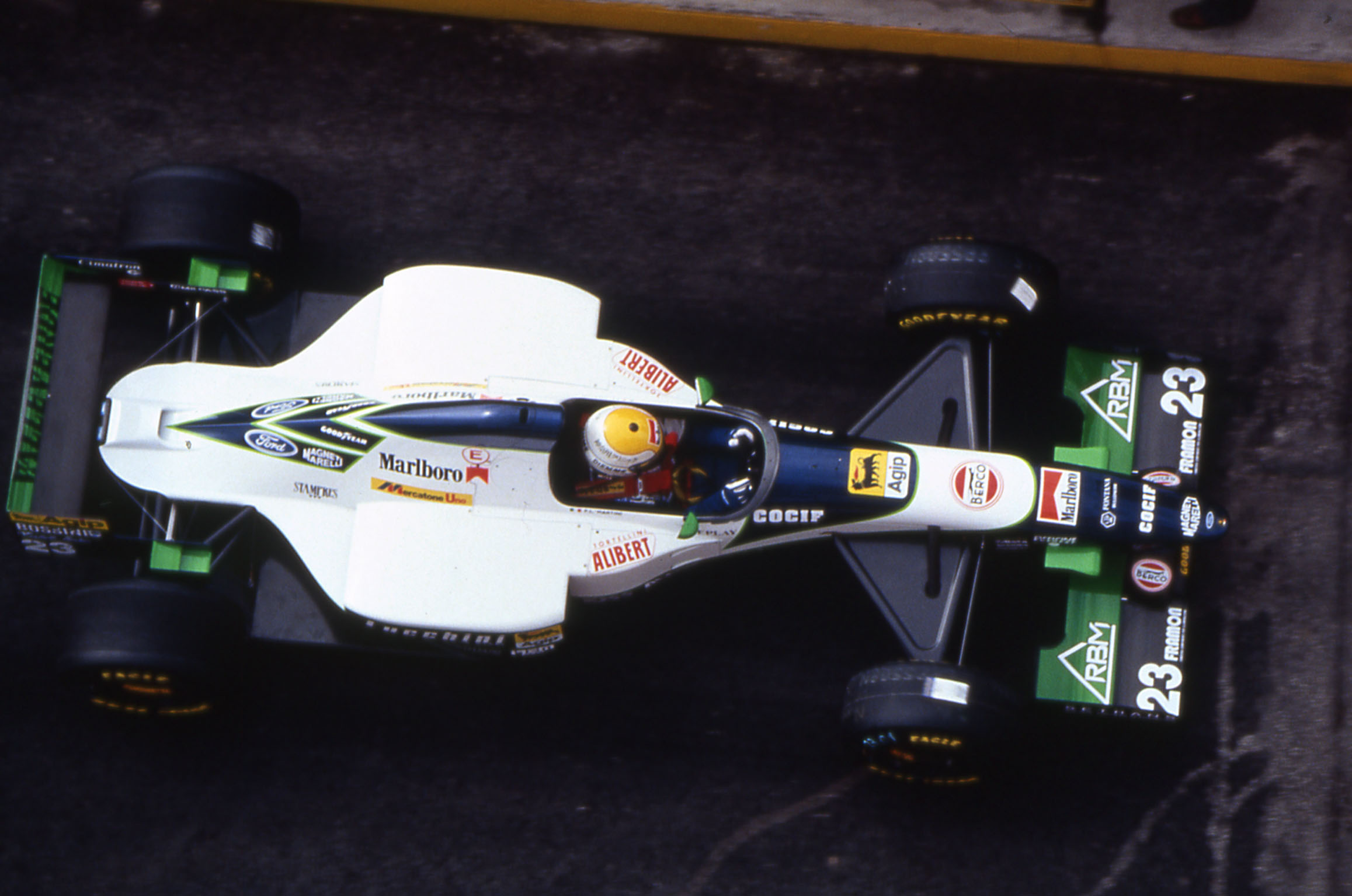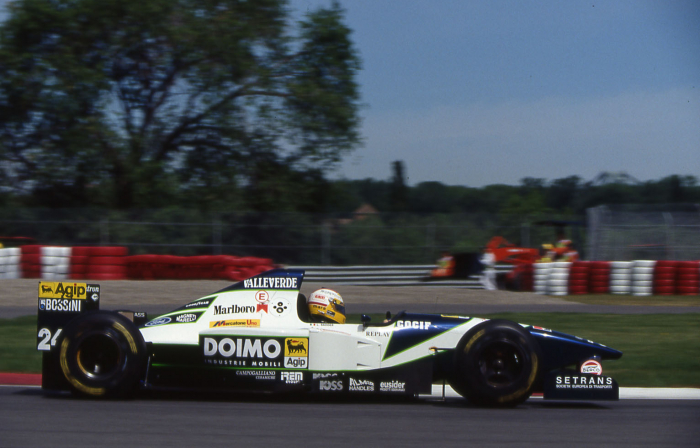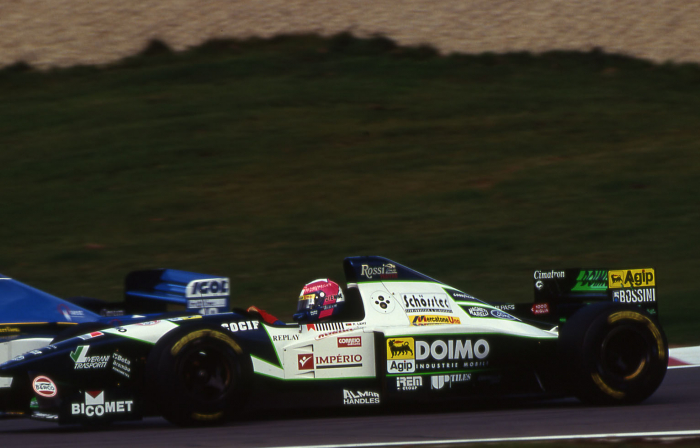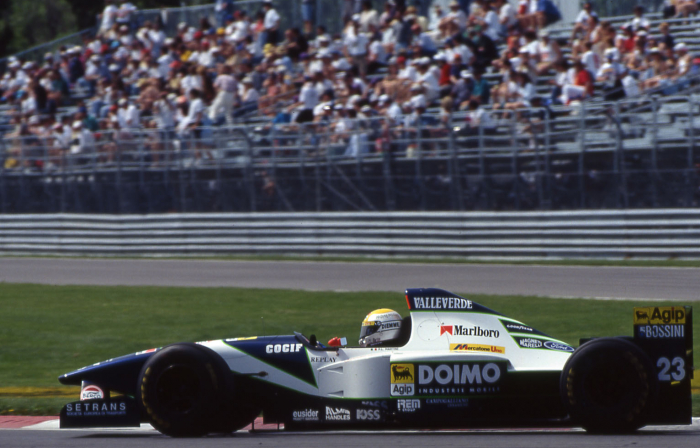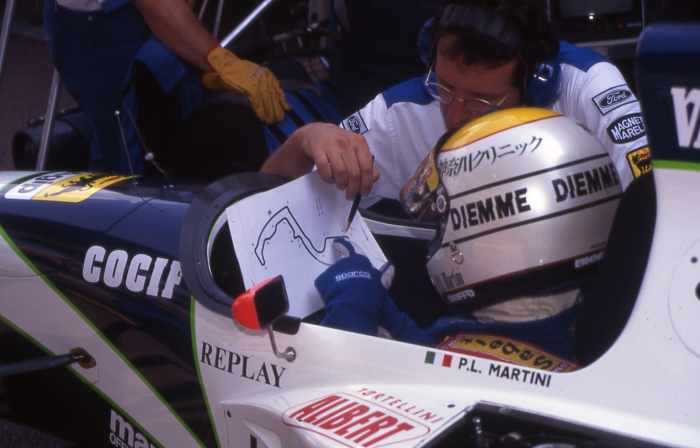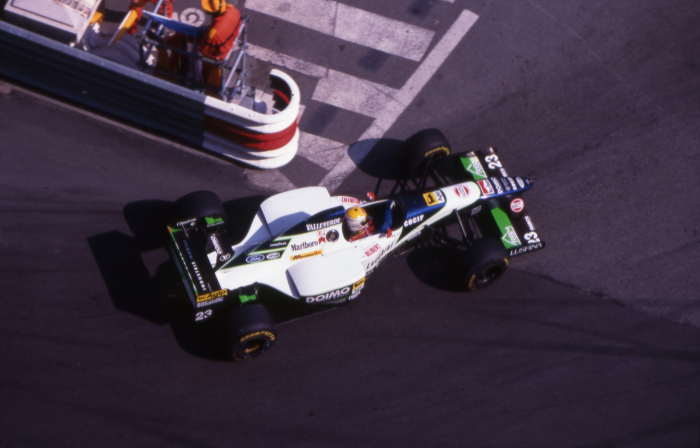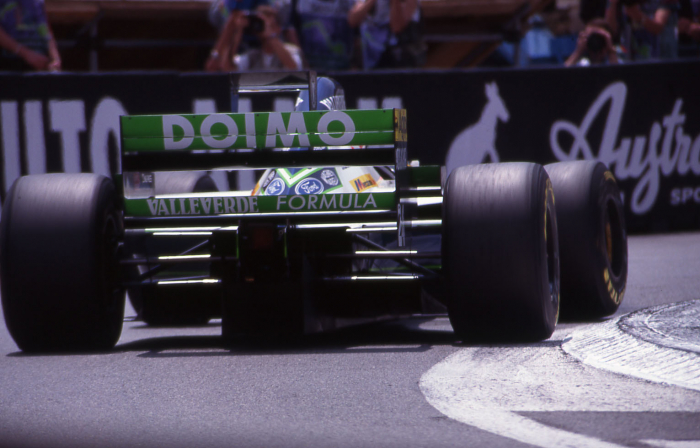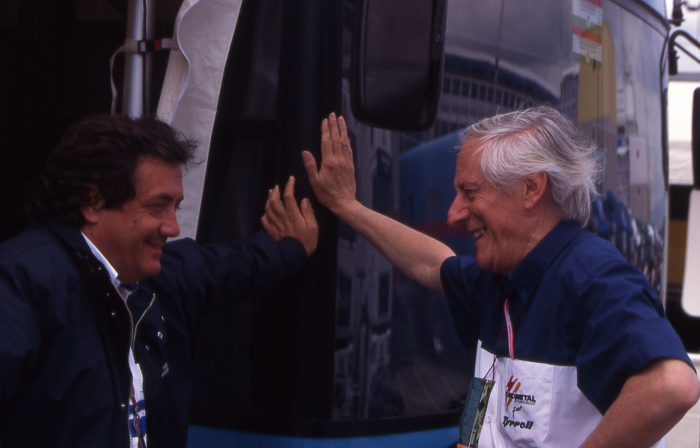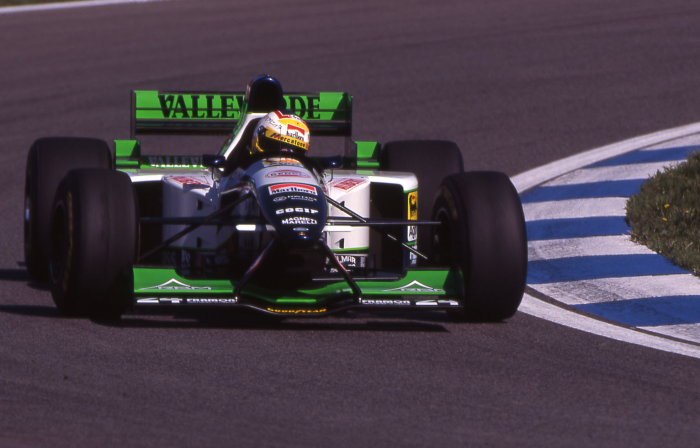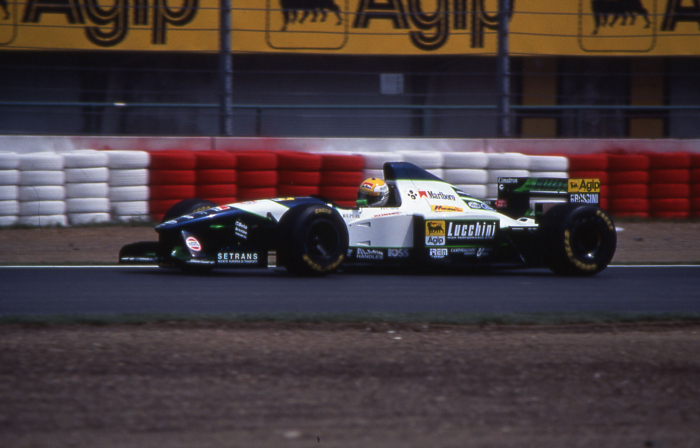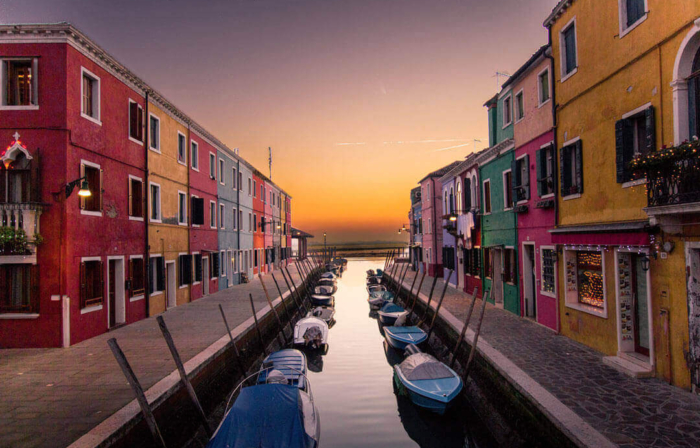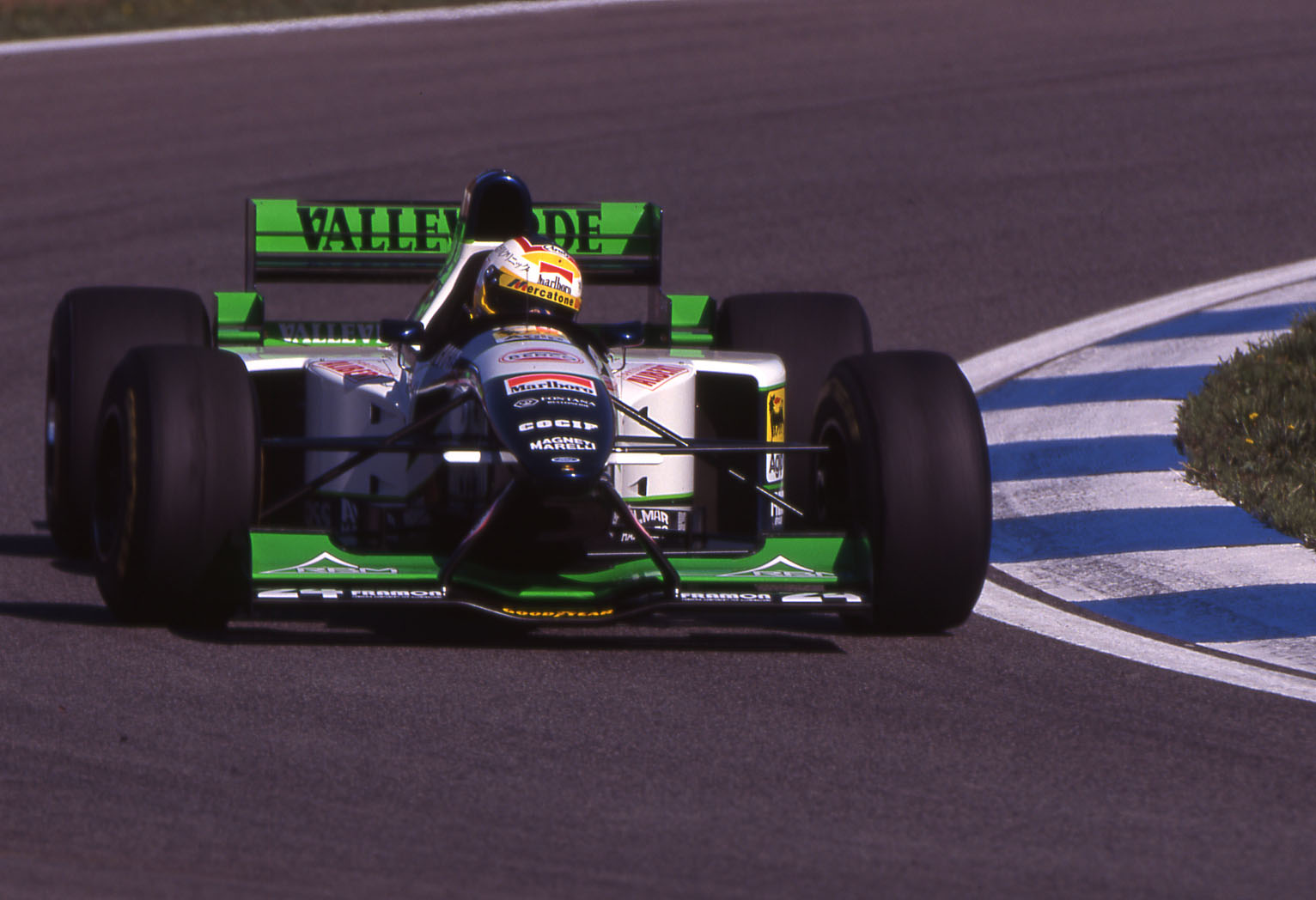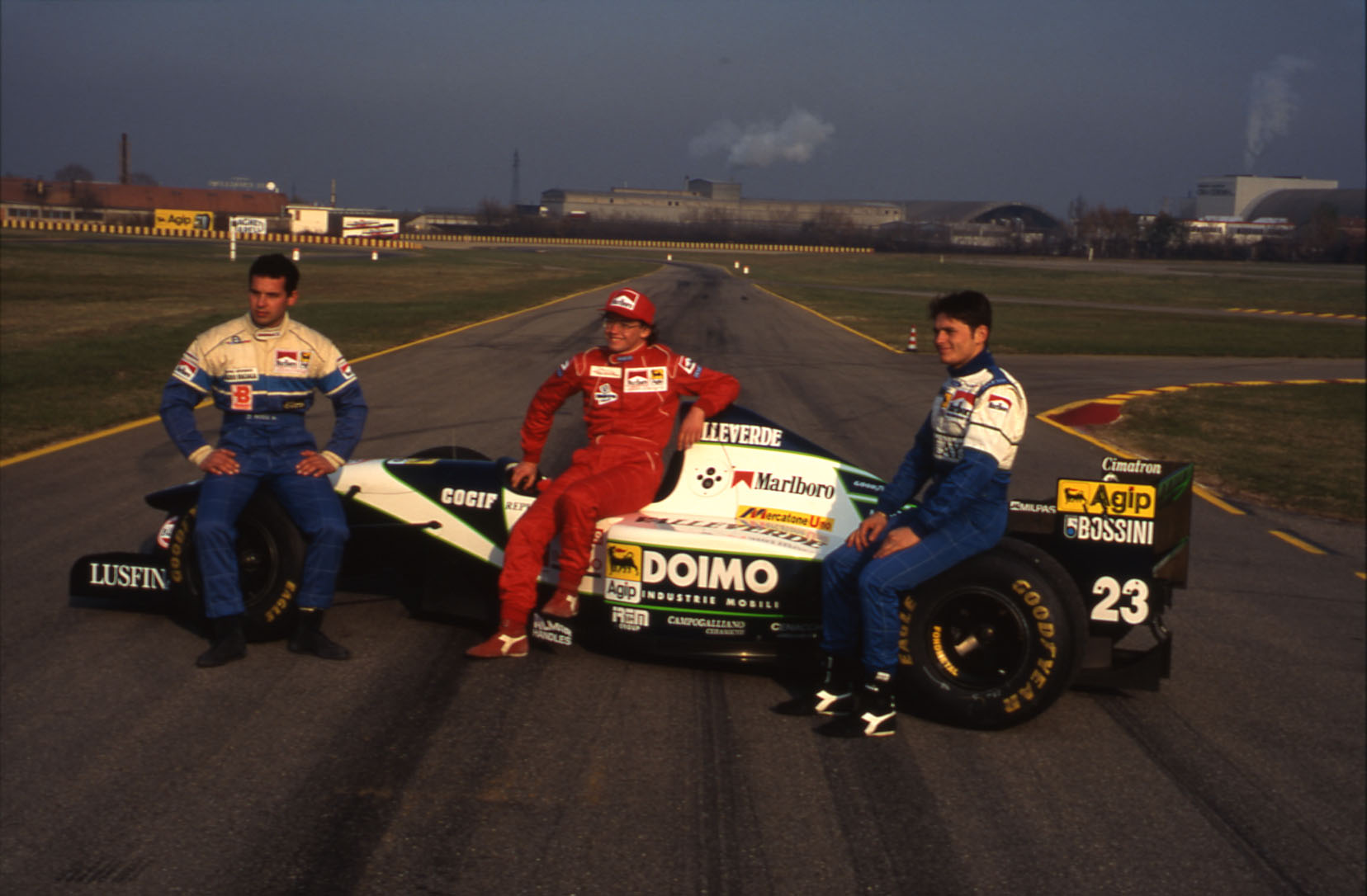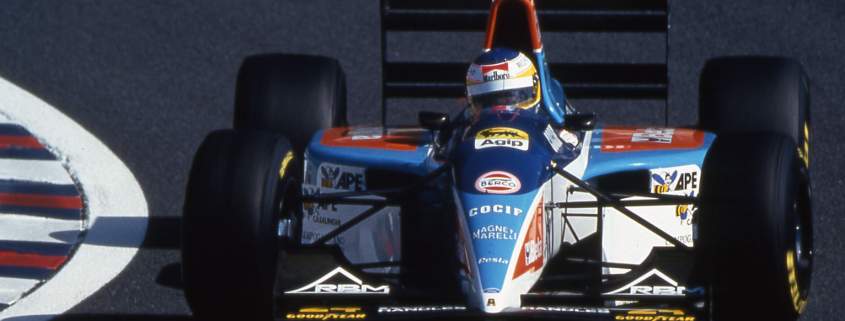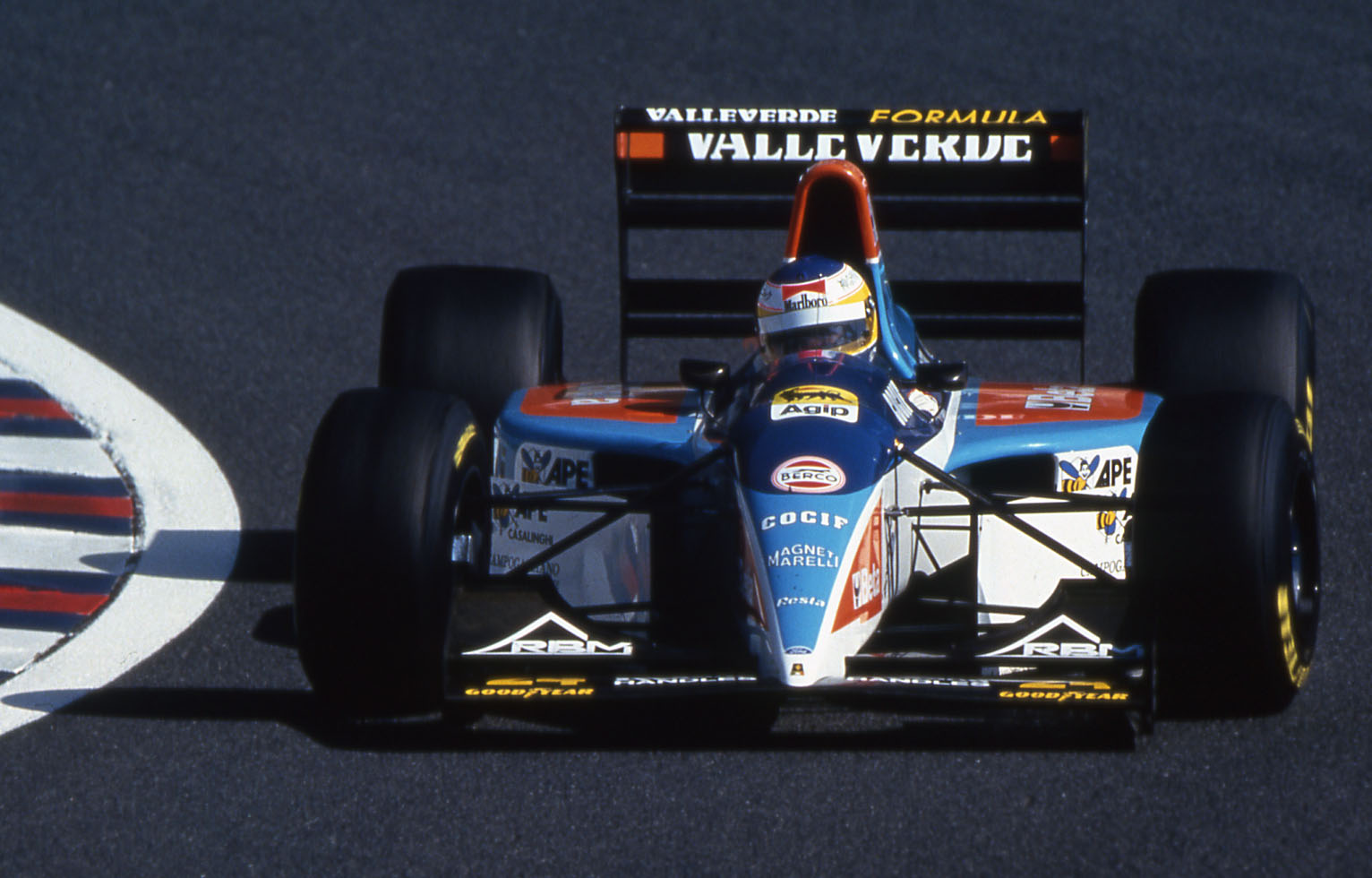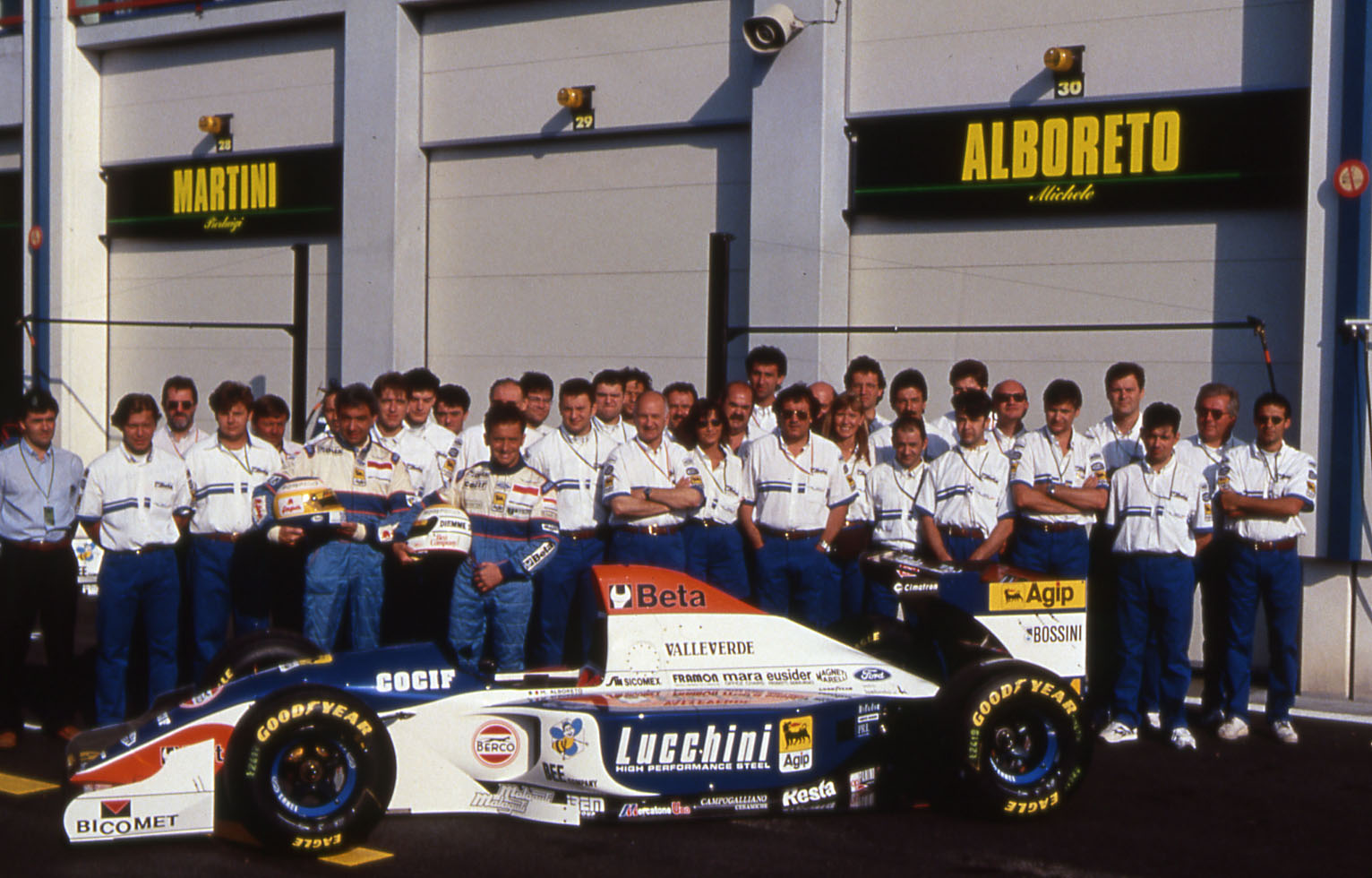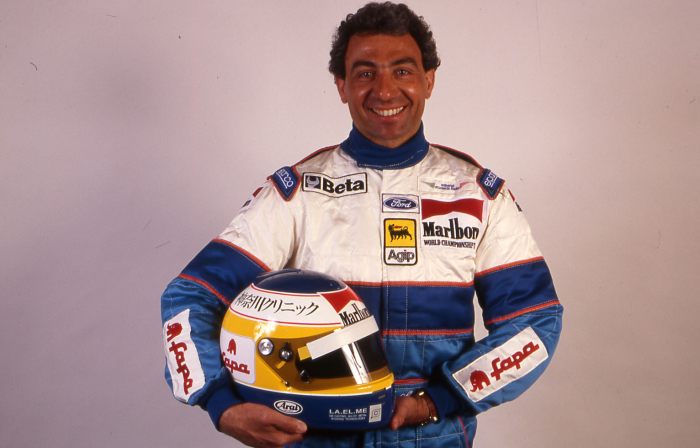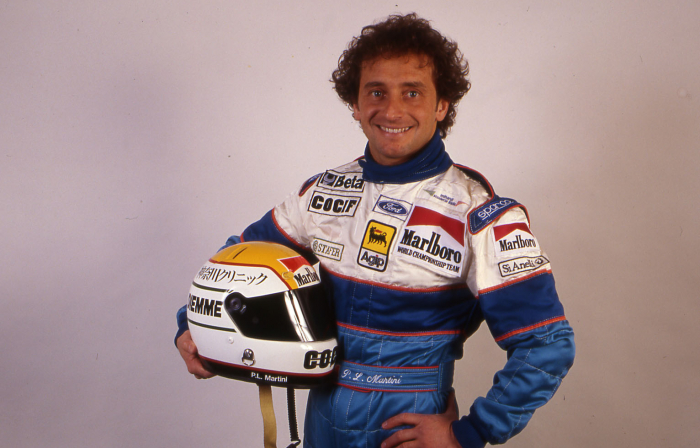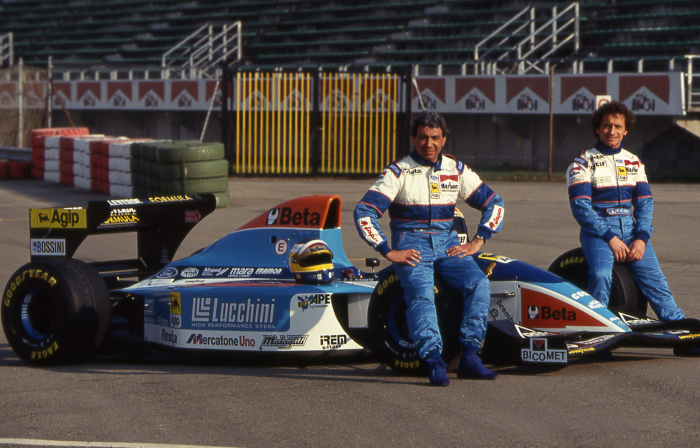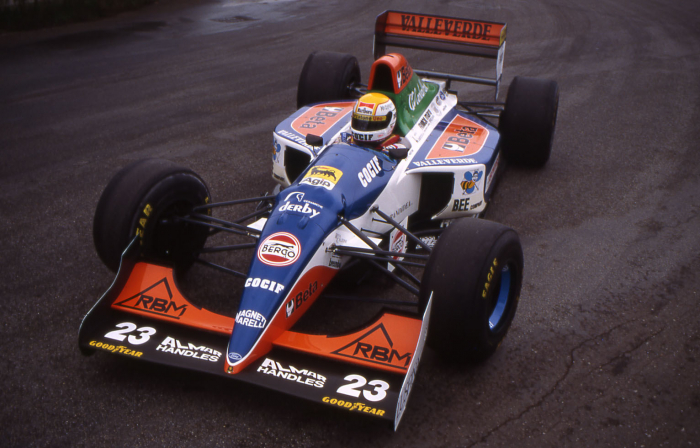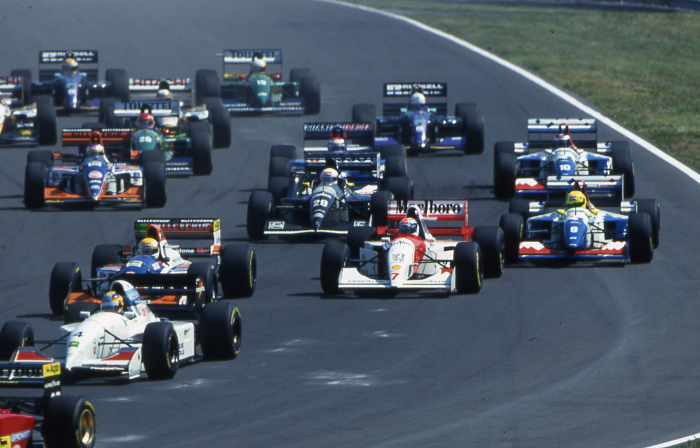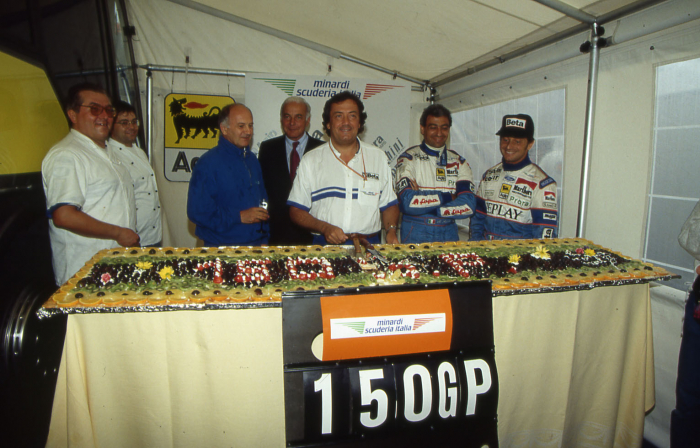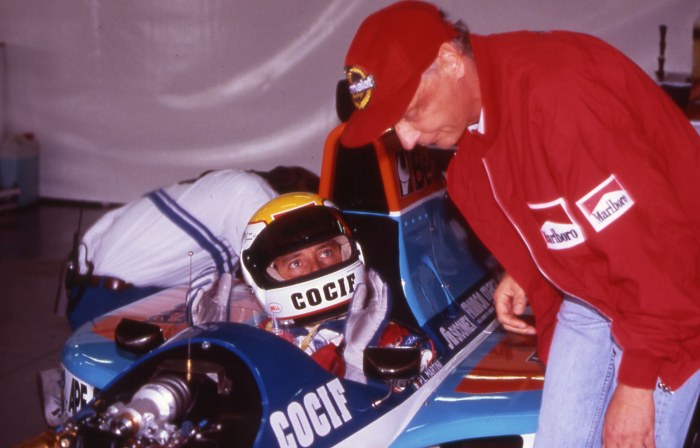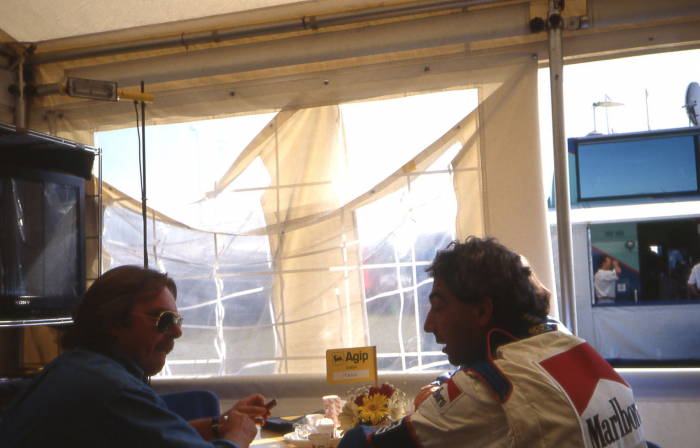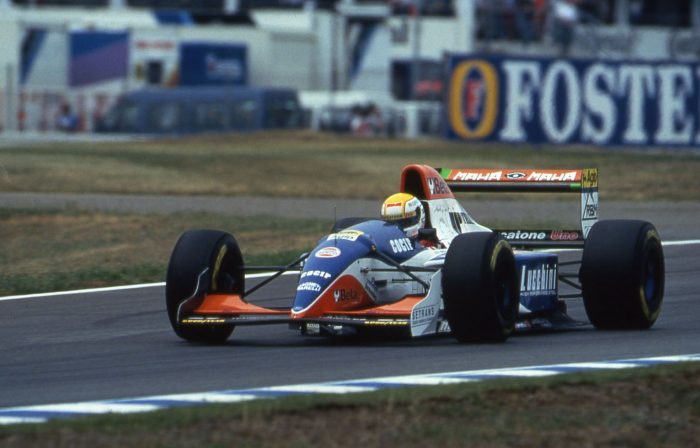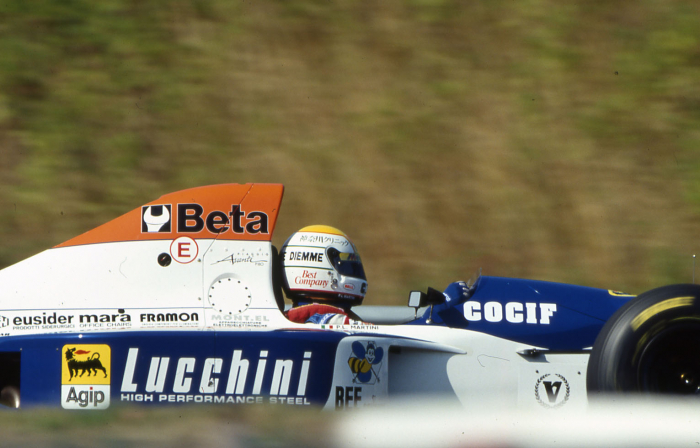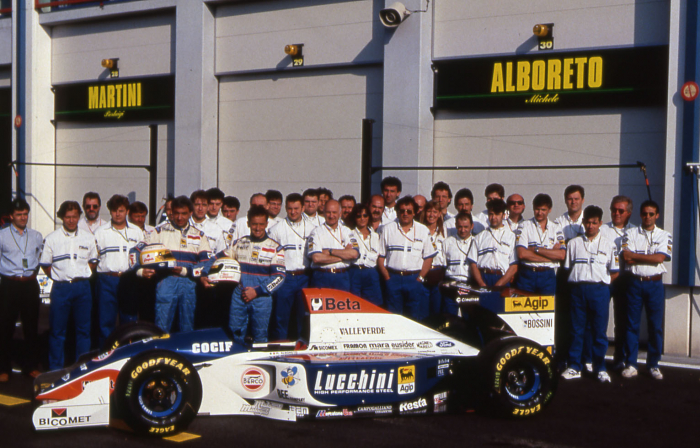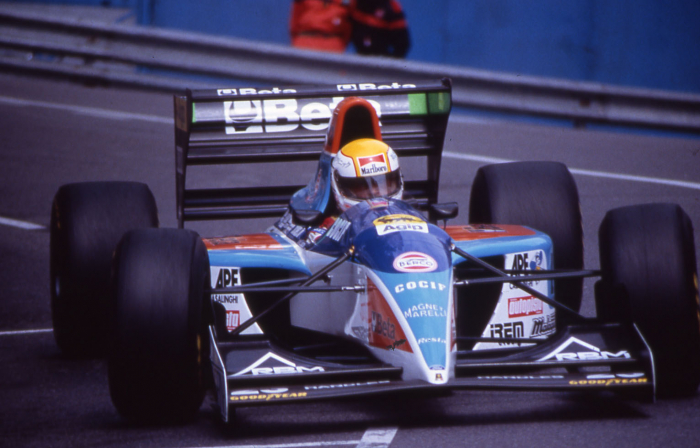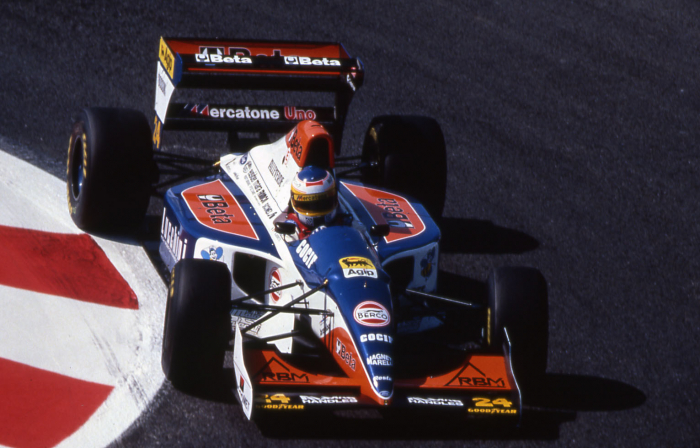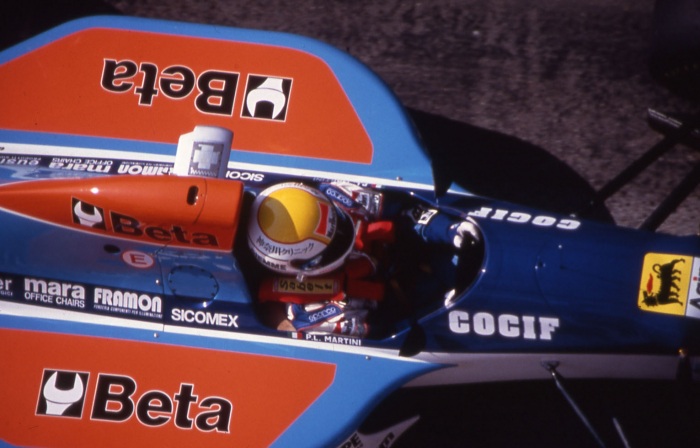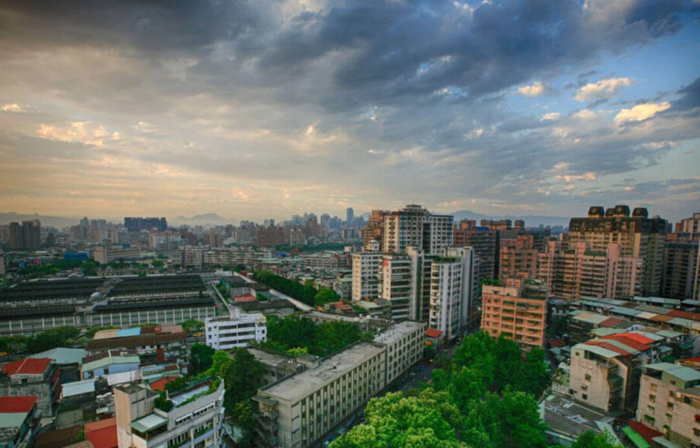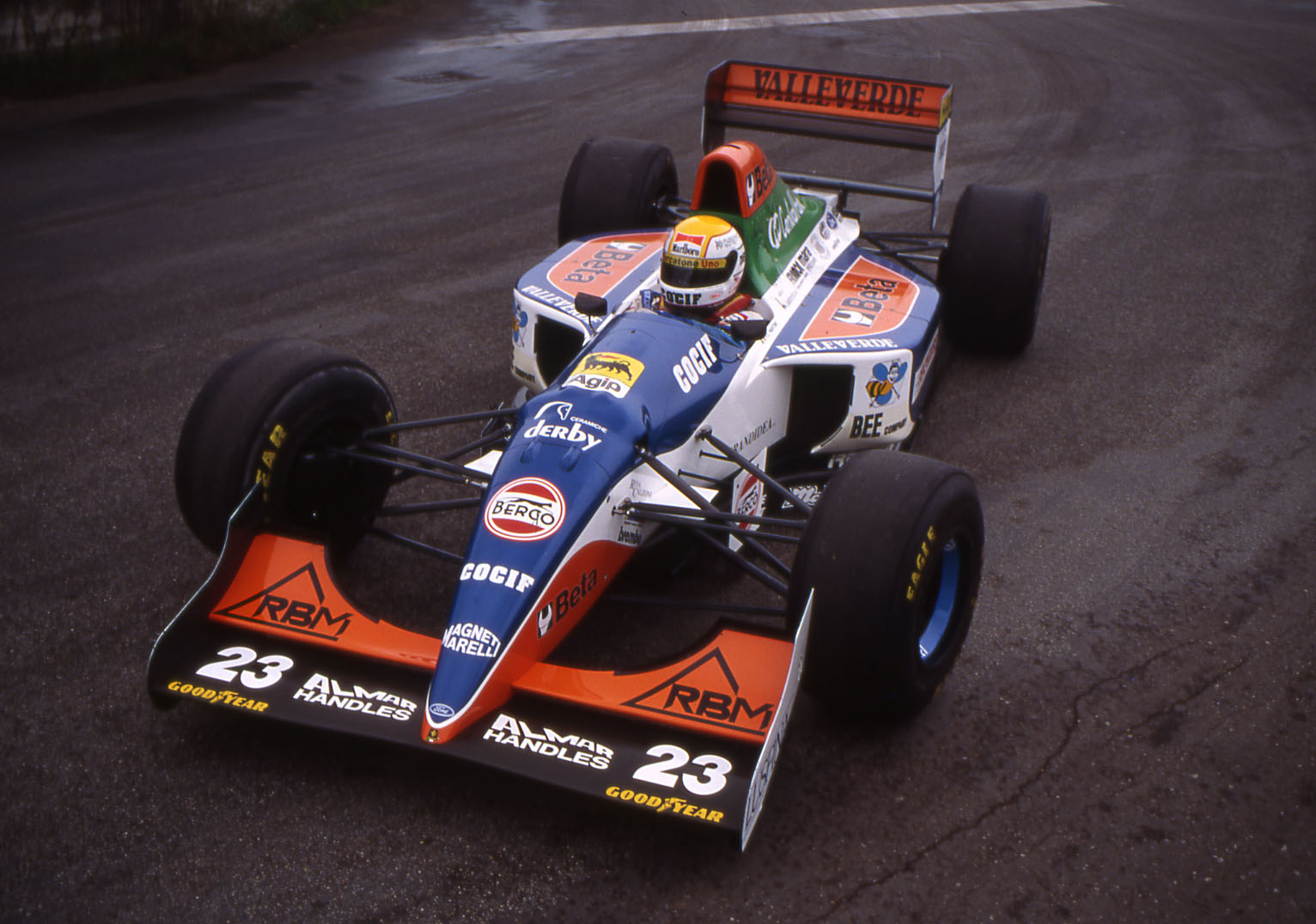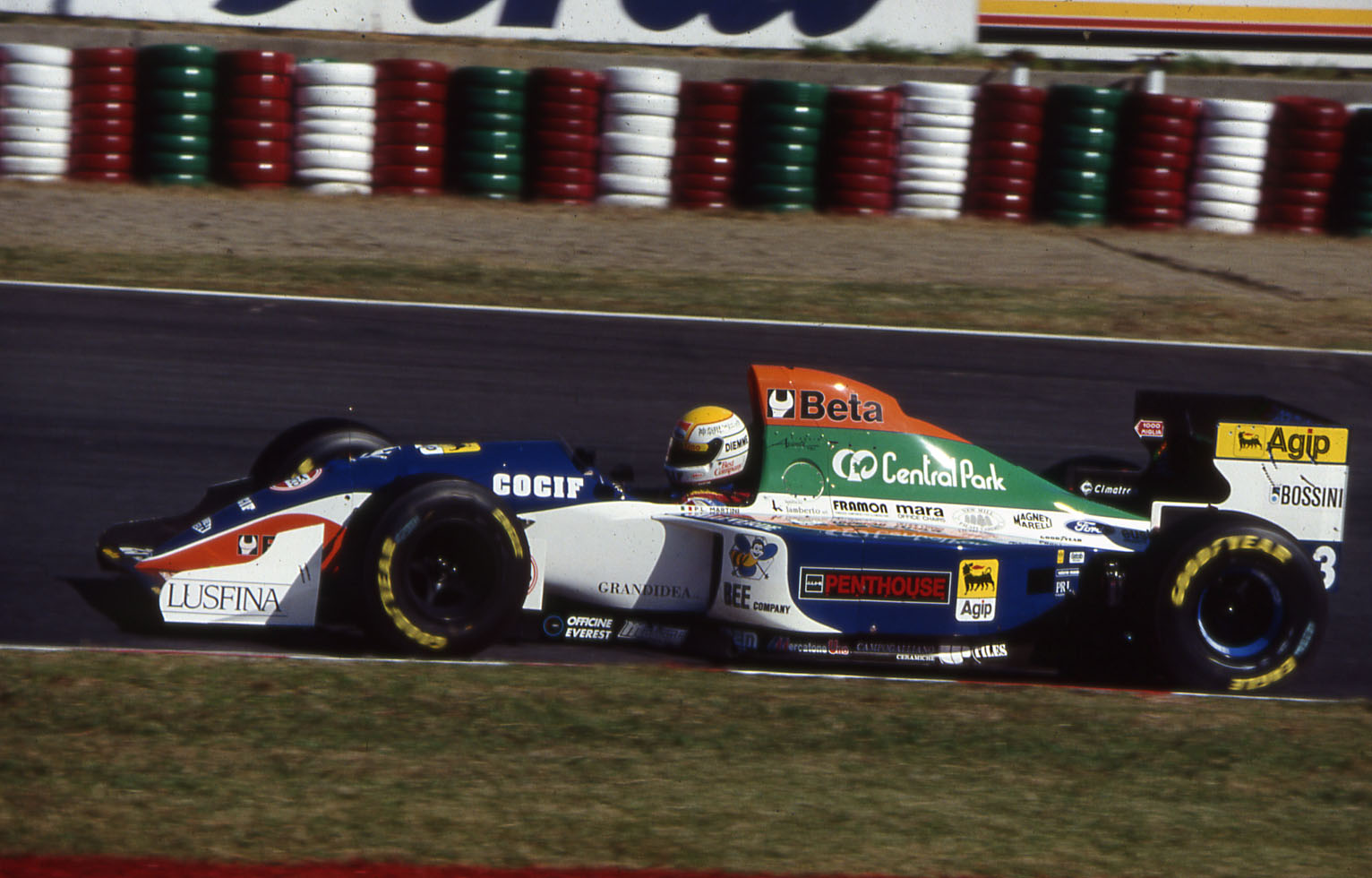AN INTERVIEW WITH GIAN CARLO MINARDI “THE MCLAREN MP4/8 AT IMOLA THRILLED ME”
At the start of the year, we met with Gian Carlo Minardi to review the highlights of the 2024 F1 World Championship, with an eye to next season. “We can label 2024 as one of the best championships in terms of reliability and competitiveness, with four constructors sharing the wins. We are approaching the end of a cycle, and it is desirable to assume that this season will also give us the same thrills and competitiveness. It was certainly a very long year with 24 grands prix which had its peak especially in the second part of the season with excellent times in qualifying and an open battle up to the last round for the constructors’ title, also characterized by the change of course by Red Bull.
2025 will give us many new elements on the grid with a lot of newcomers who will lower the average age of the grid, despite a 40-year-old (Lewis Hamilton) and a 43-year-old (Fernando Alonso) leading the way. We certainly expect many unknowns with the hope, as a fan, that Ferrari could entertain us even more. We are facing a very important year that will drag us towards a radical change in the regulations.”
2024 gave us a few probably unexpected novelties, including the debuts of Bearman, Colapinto and Lawson.
All young men who came into the world championship, participating in grands prix or in free practice on the Friday, showing that they were ready, demonstrating that the preparation of the training formulas is of a high level. Just in these days came the confirmation of Franco Colapinto’s move from Williams to Alpine as the third driver. Now we have to see if they will be able to astound after having impressed us positively.
Another new development, that we will see in a few weeks, is the collective presentation which will be held in London, shortly before the tests in Bahrein. A new way of putting on a show
… as well as the return to success of McLaren after 26 years…
McLaren made some mistakes that come with the growth of a team. Some mistakes become more obvious when you are fighting to win. These same mistakes made in the lower positions create much less clamour. The team grows as the car becomes more competitive. I am sure that they will not make the same mistakes this year. It is the fee that must be paid to become successful. This is an almost compulsory passage. We saw this with Red Bull, Mercedes, Ferrari (to mention only a few) before they opened a winning cycle. I must congratulate Andrea Stella who, in a short time, was able to rebuild the structure by bringing it back to success. I seem to see a line that I like a lot: giving faith to young people.
In 2024 you often pointed out that, for you, the best line-up was McLaren’s.
And I confirm this. In 2024 McLaren had the best pair of drivers. Two very fast young men who were able to alternate at the top and encourage each other. They were not free from mistakes, but, as I said before, this is part of the growth path. This year both Lando and Oscar will be in contention for victory. I believe that Piastri has the credentials to soon become a world champion. Management will not be easy, but they already have the experience of last season.
… uneasy management for Ferrari we well.
With Leclerc and Hamilton, it will be difficult for Ferrari regardless, especially if they have, like last year, a car fighting for second and third place. It will not be easy with two contenders of that calibre. The situation will be different in the case of a dominant Ferrari. At that point the track will do the talking.
Formula 1 is passing through a positive time. Everyone wants to host a GP
However, we need to take it easy. At this time Formula 1 is going through a happy and positive moment, but I have gone through a lot of highs and lows in my career. The wind changes direction in an instant. We are faced with a very transient society, with young people who are easily influenced. This also applies to the car makers. Today they are here, but it takes an instant for something to change. It is F1’s past that tells us this.
Precisely concerning the future, the Sprints continue to hold sway. There are those who want to decrease or eliminate them and those who would like to increase them.
A calendar with 24 grands prix and six sprints is already very demanding for the work of the teams, also considering the budget cap. A possible increase in sprint races will not find me in favour, while I would opt to change the point system. Today I do not find it proportionate to the cost of this operation.
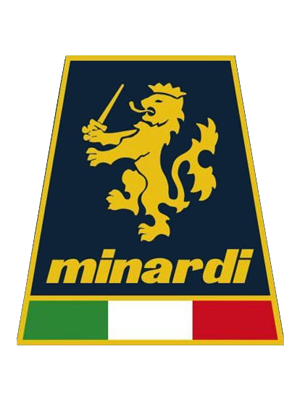
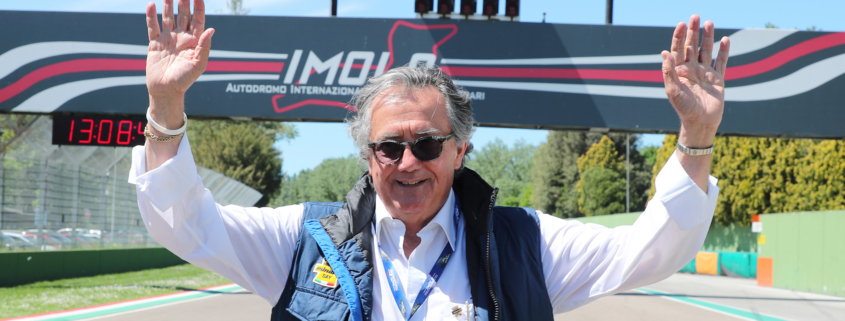
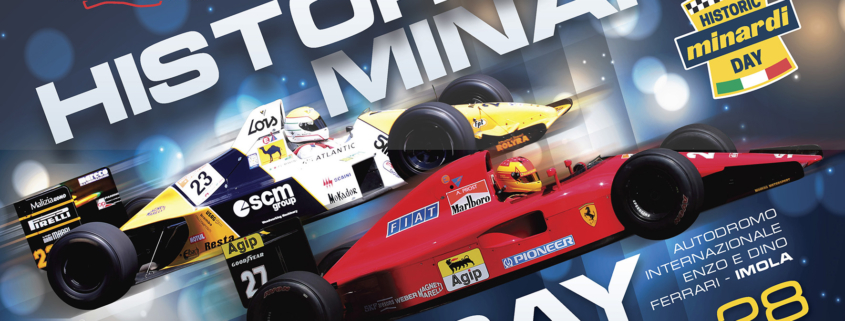
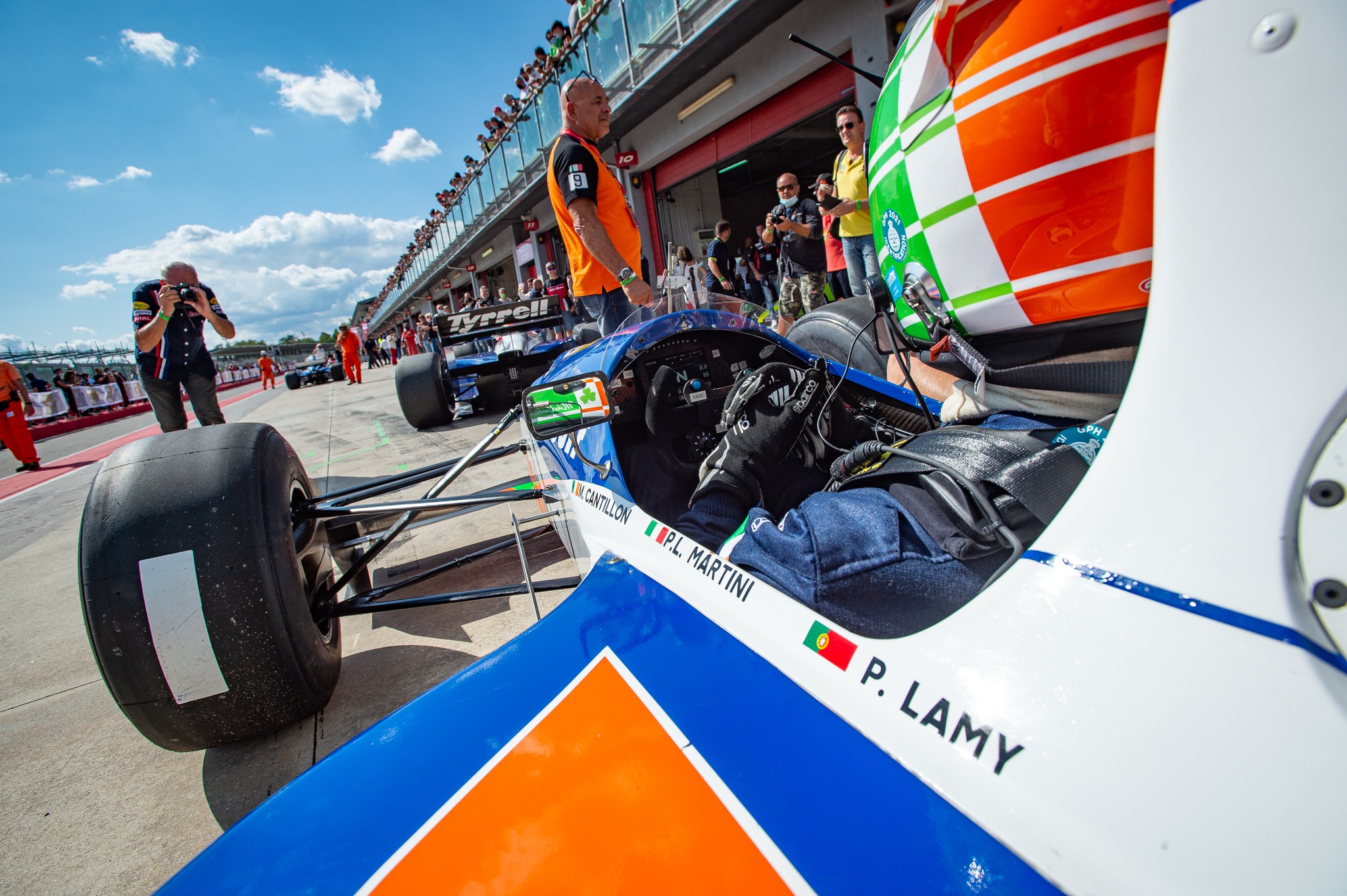 Manca solo poco più di un mese alla sesta edizione dell’Historic Minardi Day, in programma il 27 e 28 agosto all’Autodromo Internazionale Enzo e Dino Ferrari. Una manifestazione che è diventata a tutti gli effetti un appuntamento tradizionale del calendario, attirando anno dopo anno sempre più appassionati
Manca solo poco più di un mese alla sesta edizione dell’Historic Minardi Day, in programma il 27 e 28 agosto all’Autodromo Internazionale Enzo e Dino Ferrari. Una manifestazione che è diventata a tutti gli effetti un appuntamento tradizionale del calendario, attirando anno dopo anno sempre più appassionati